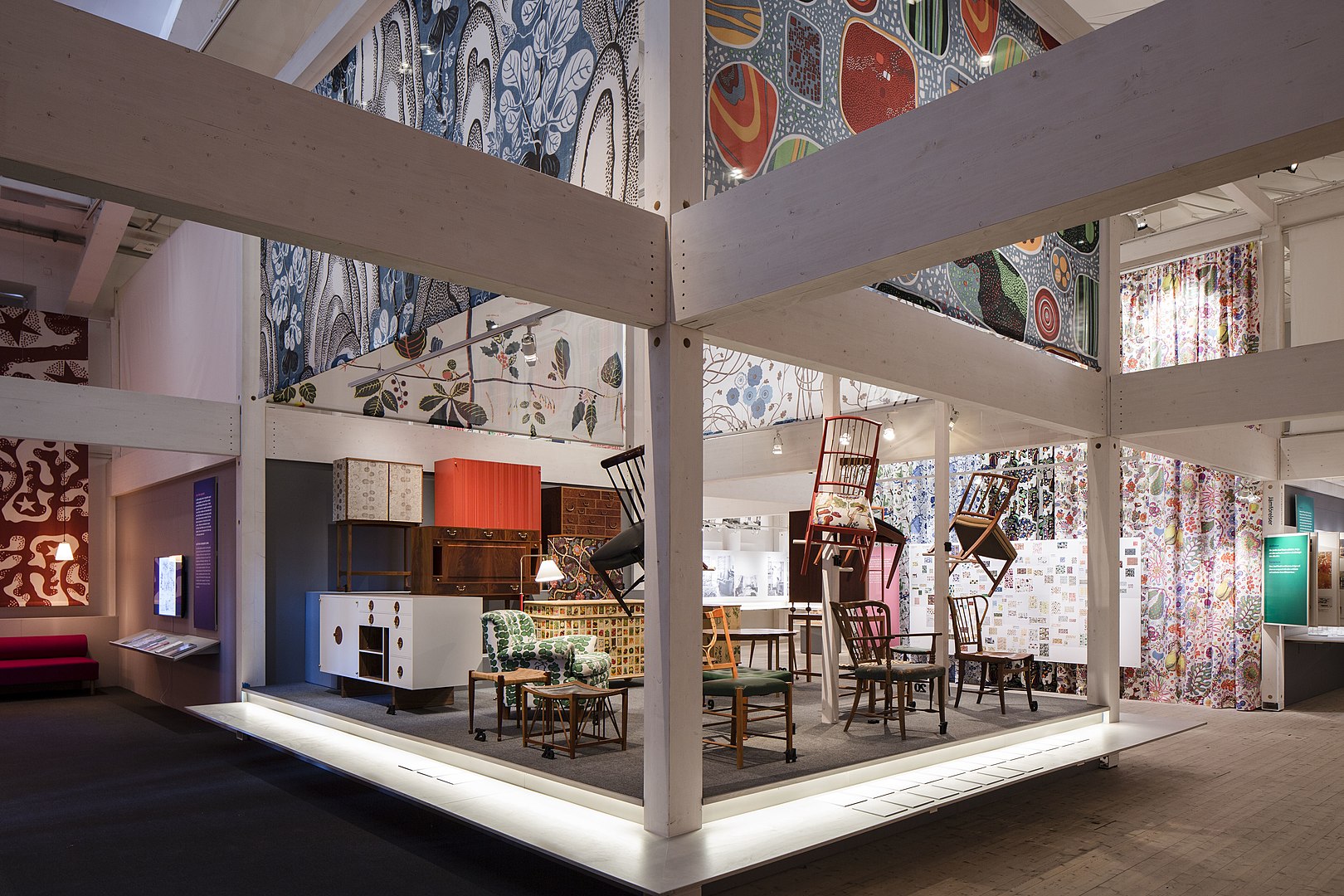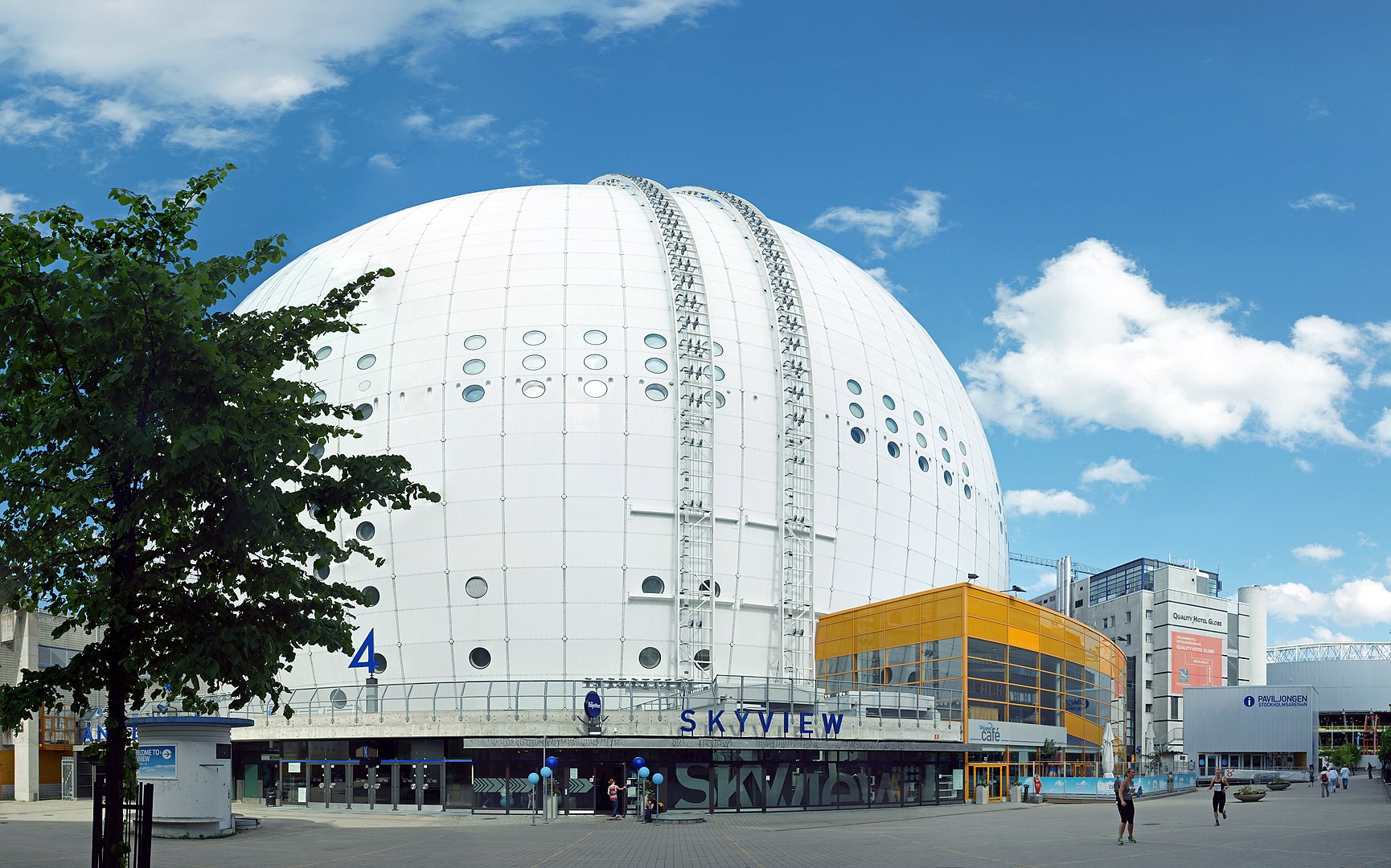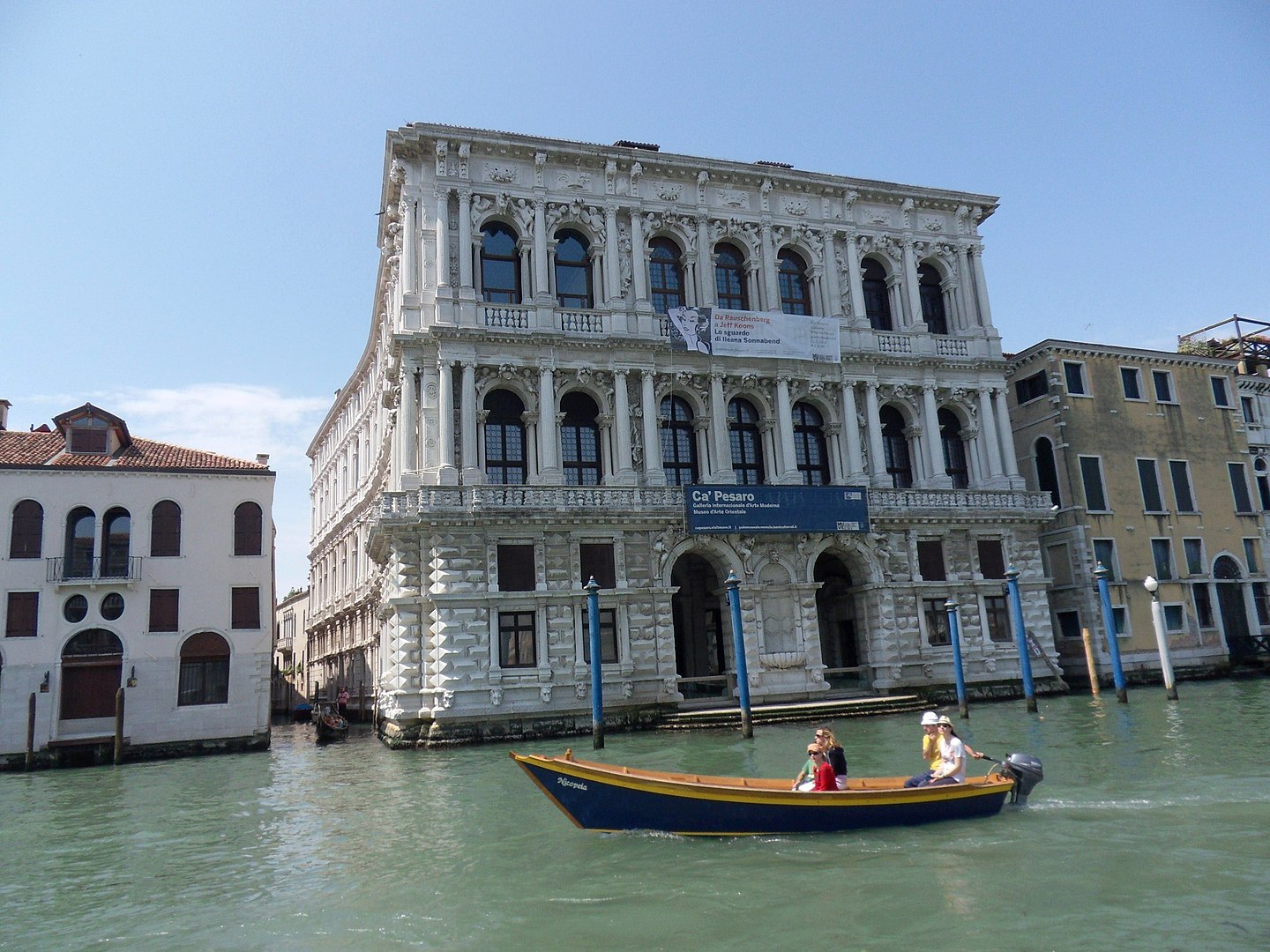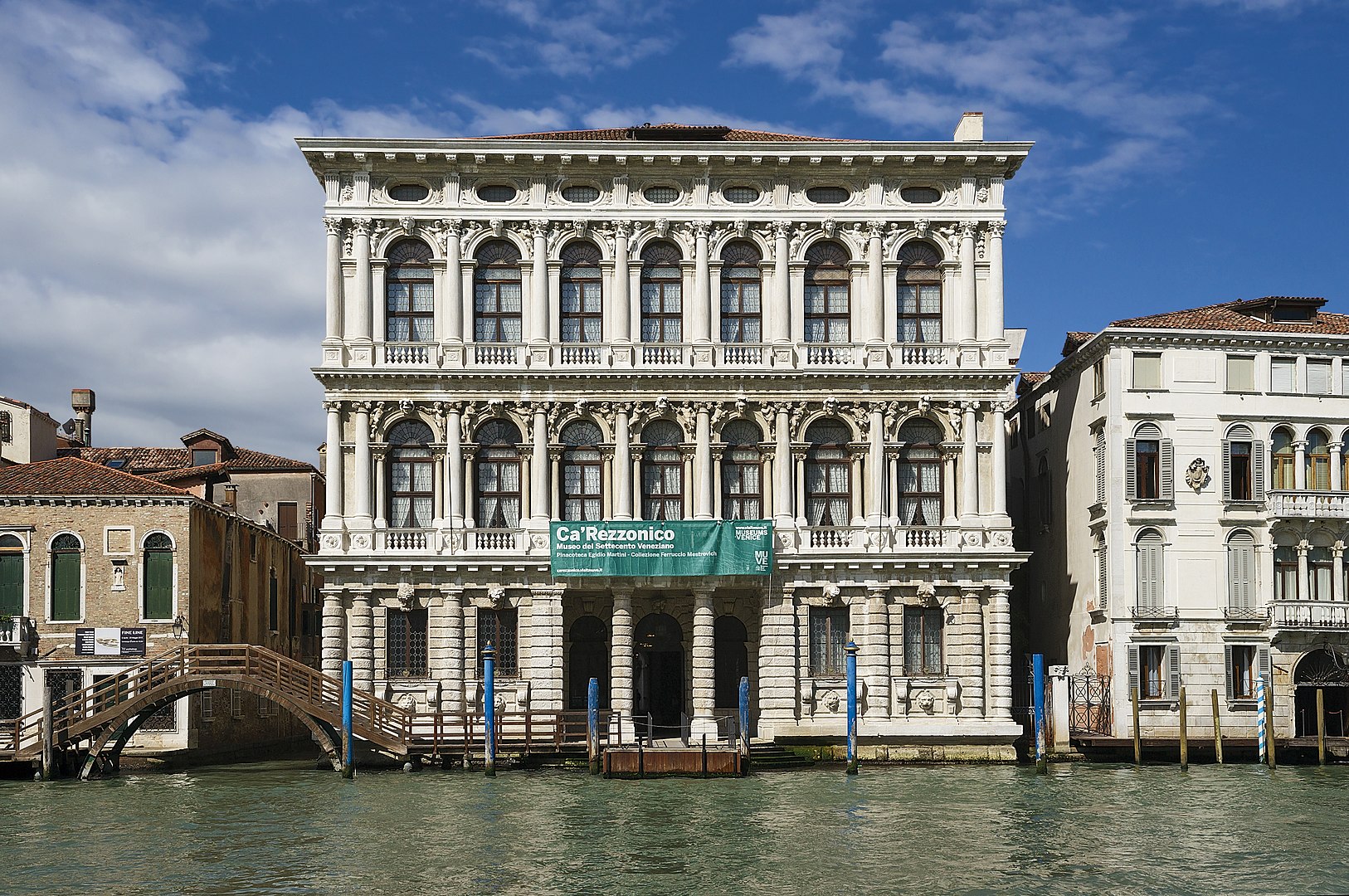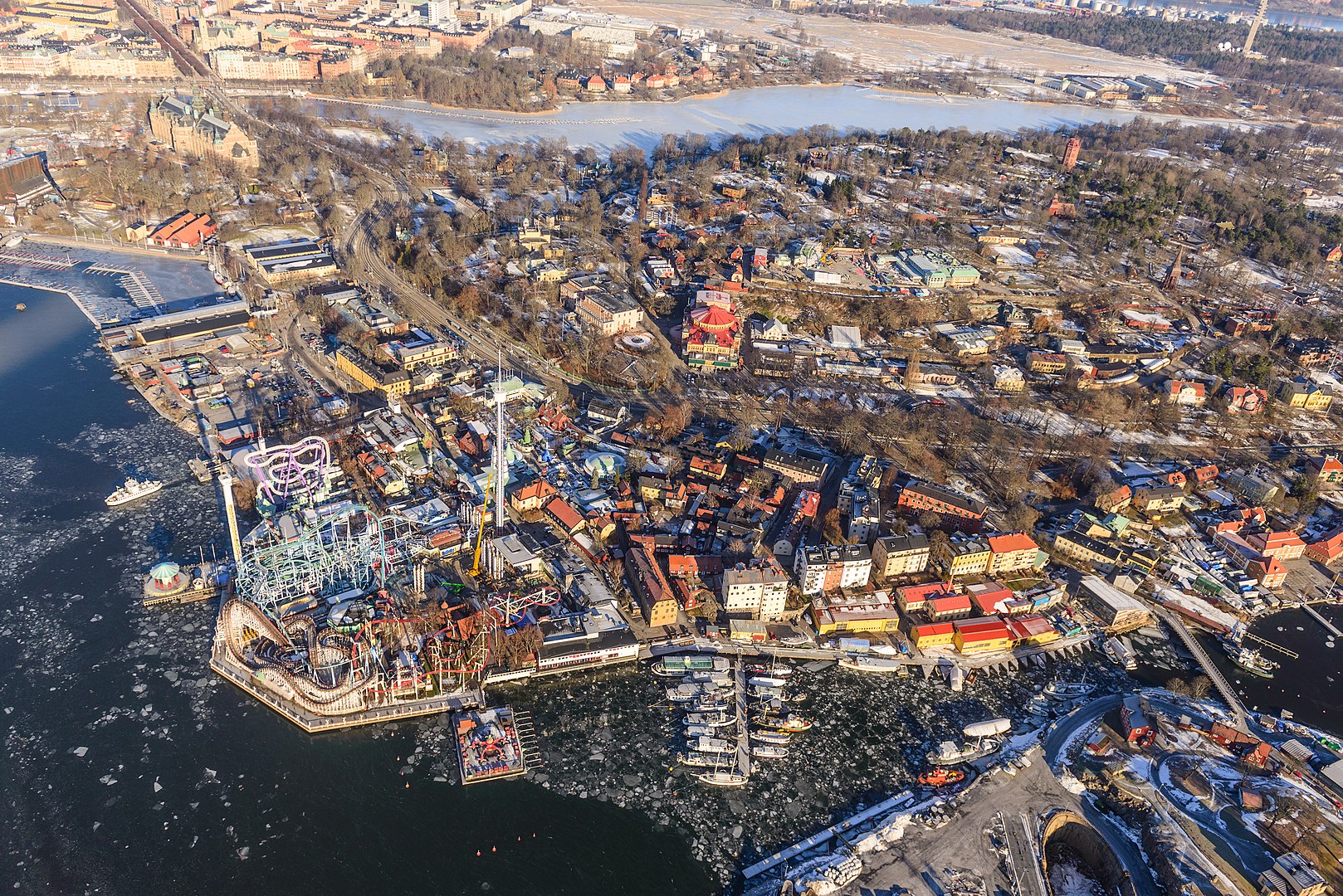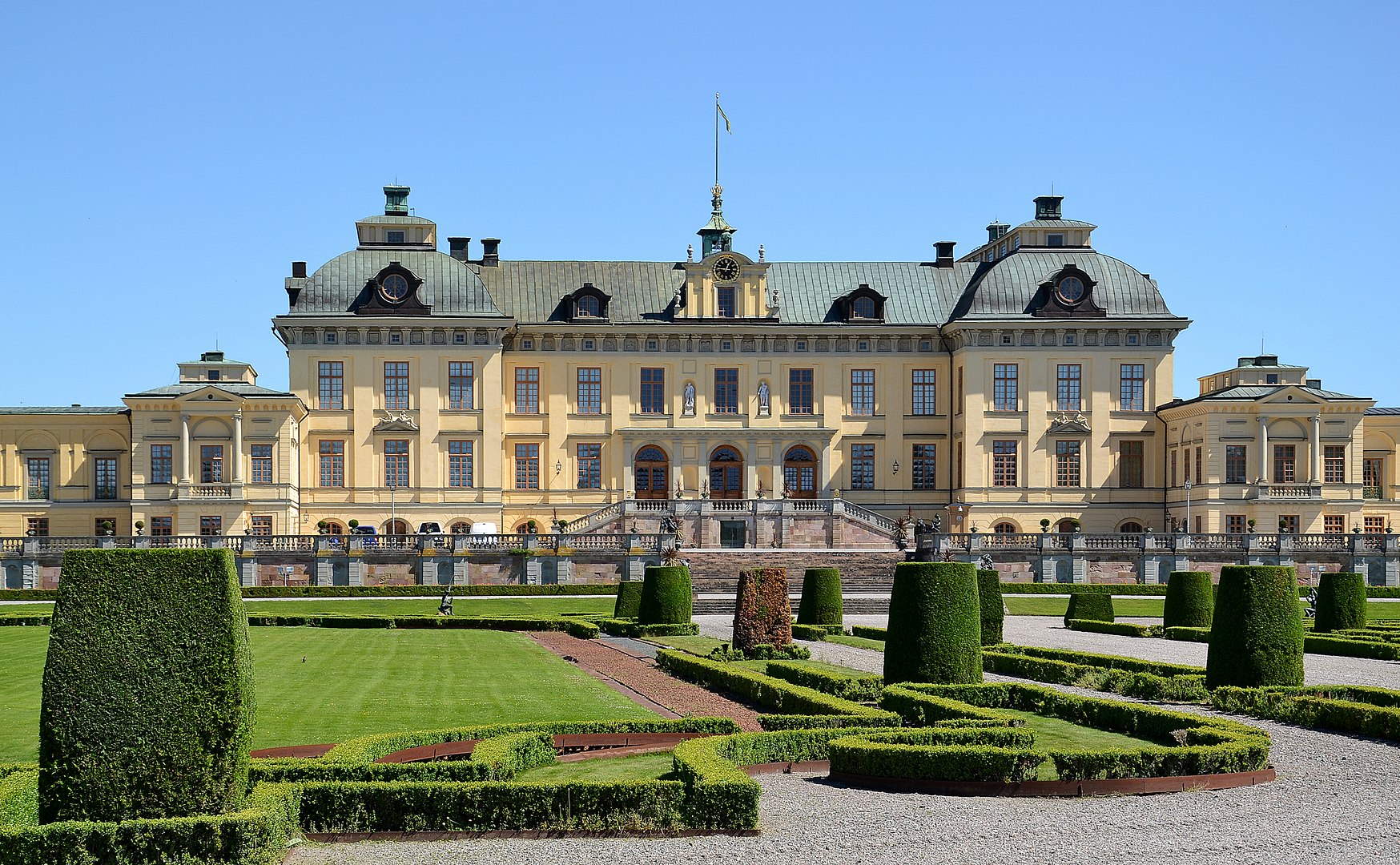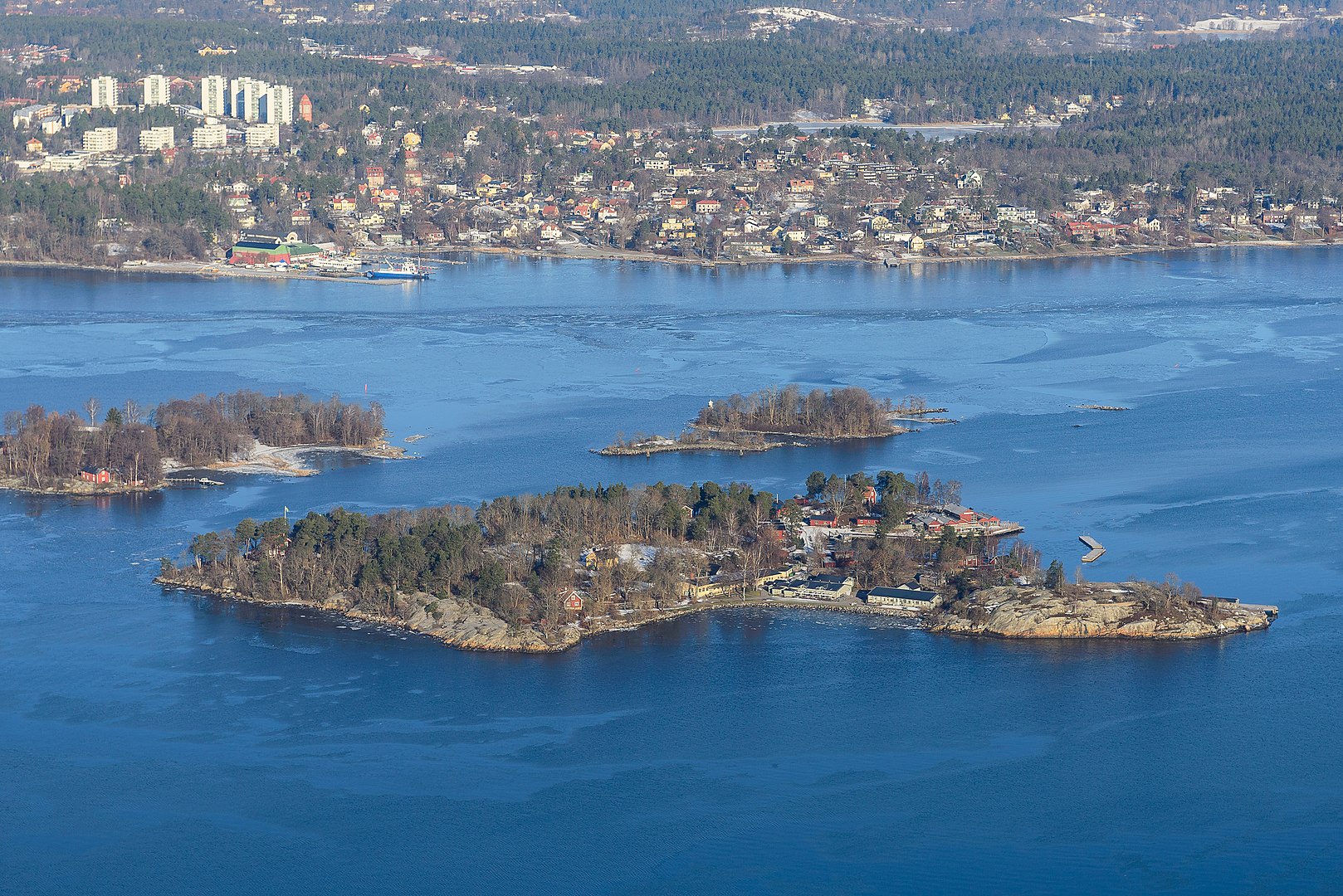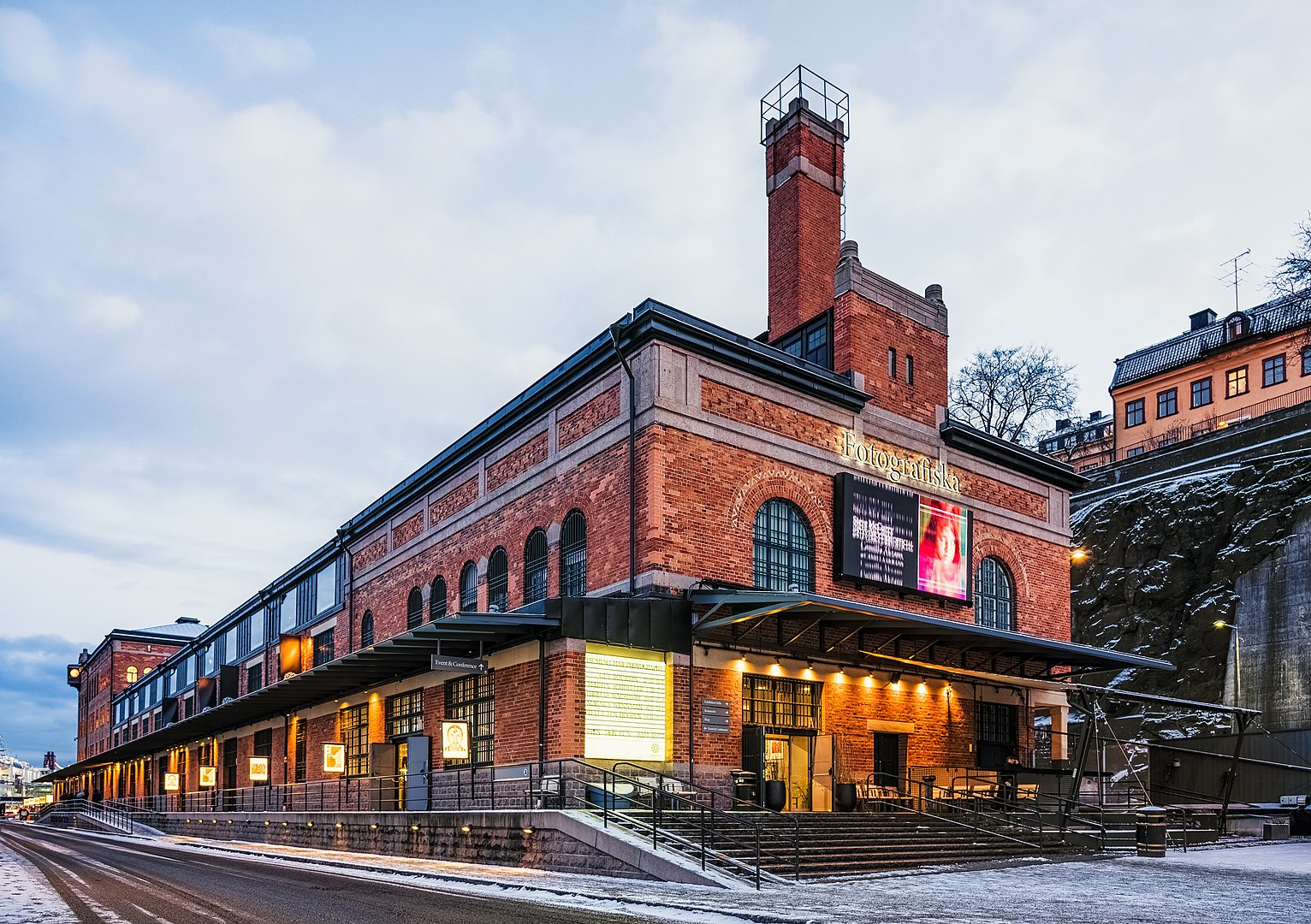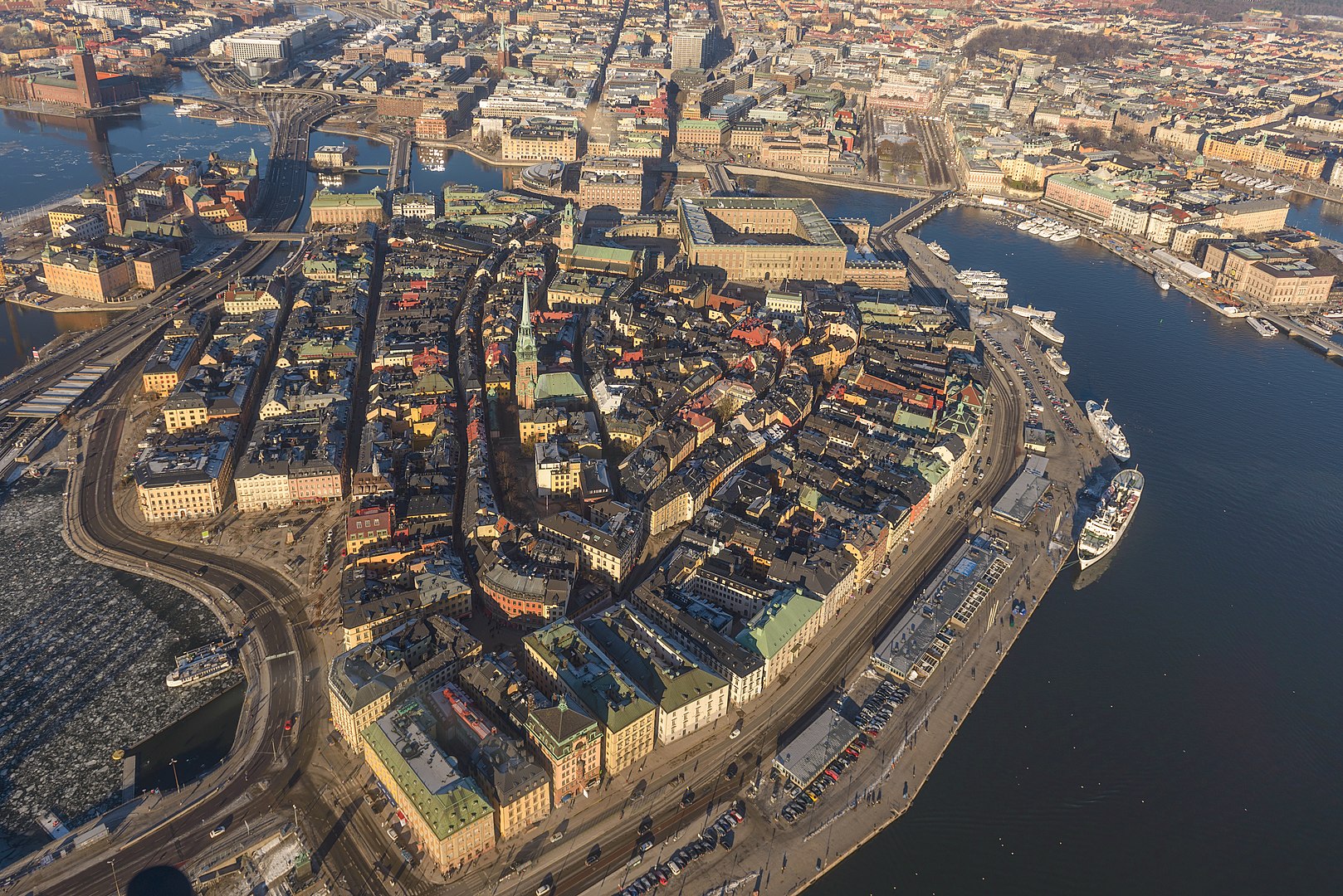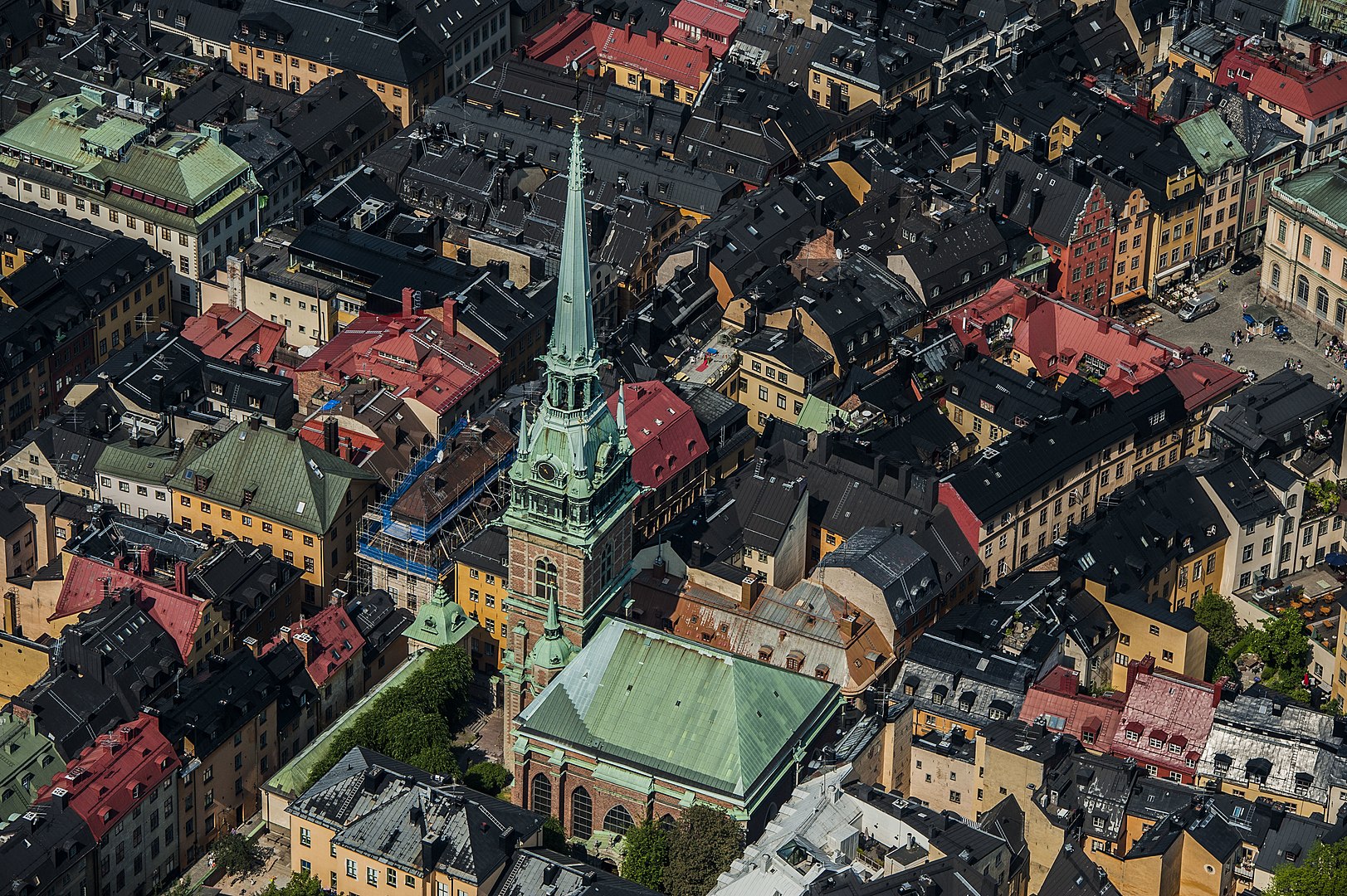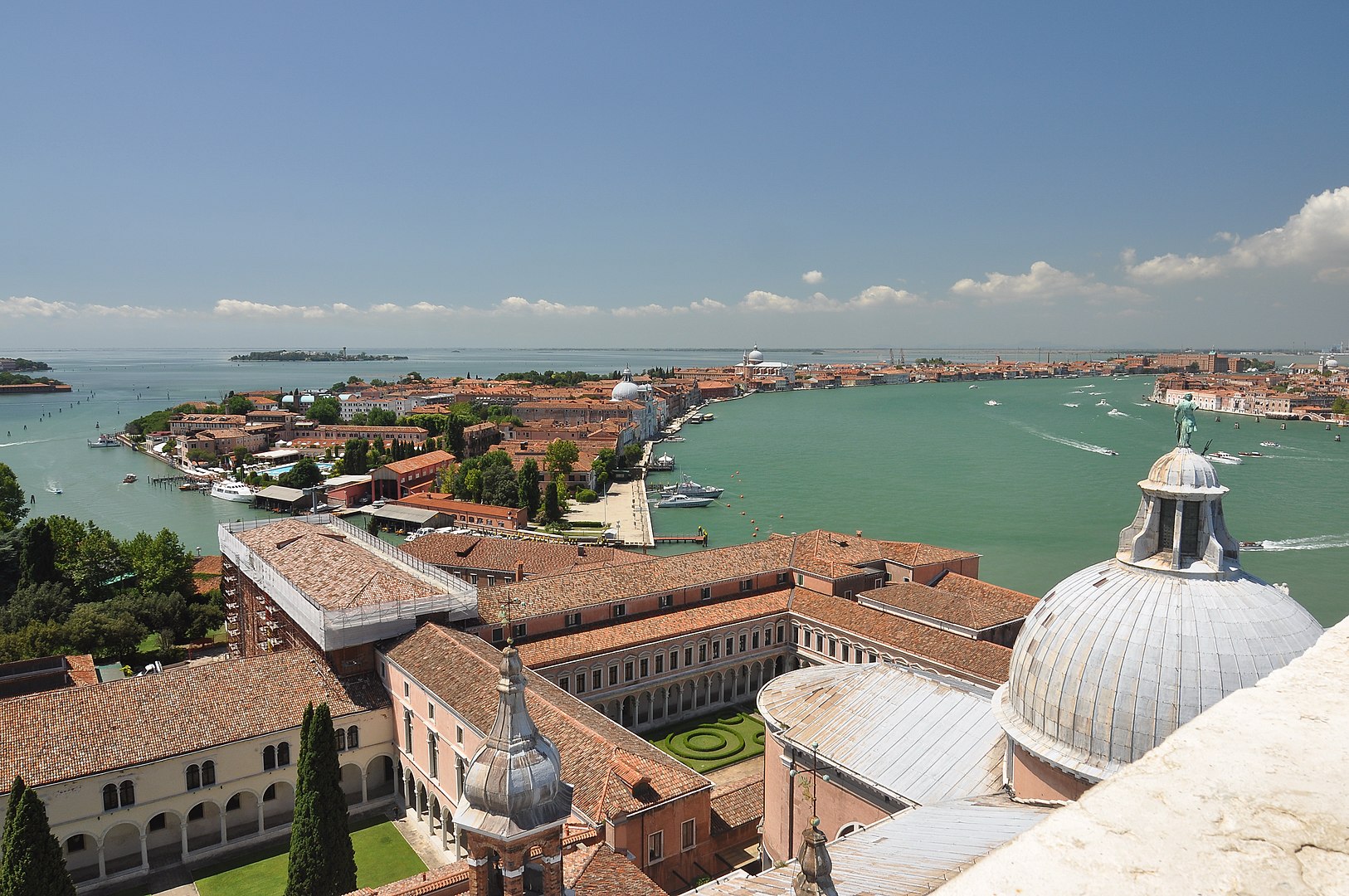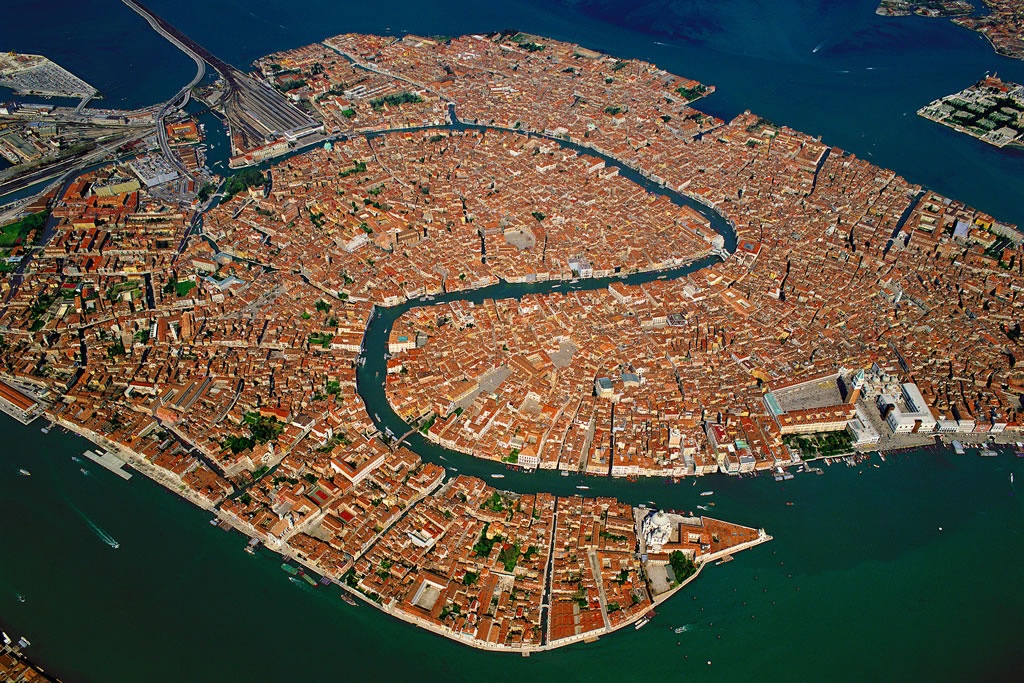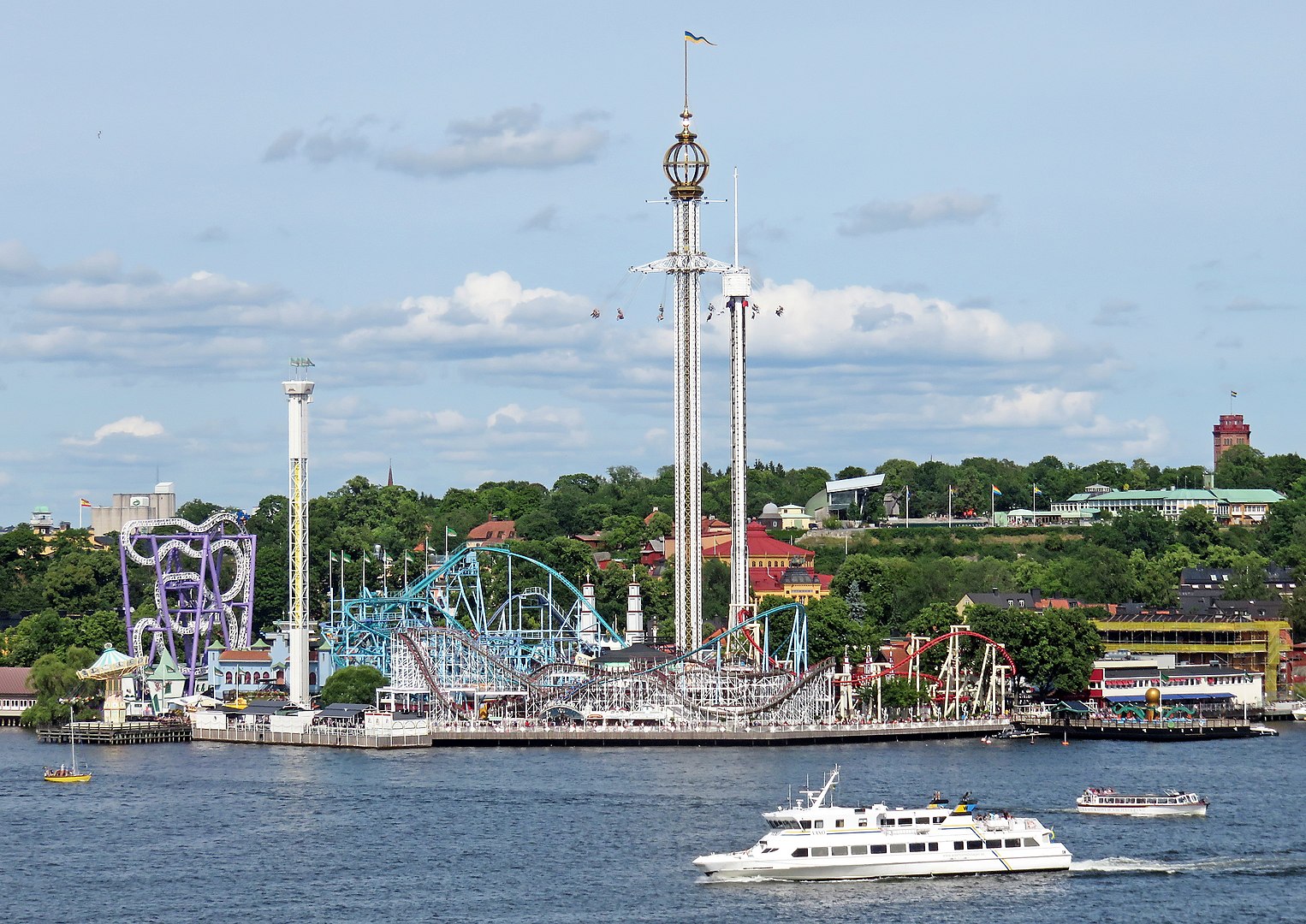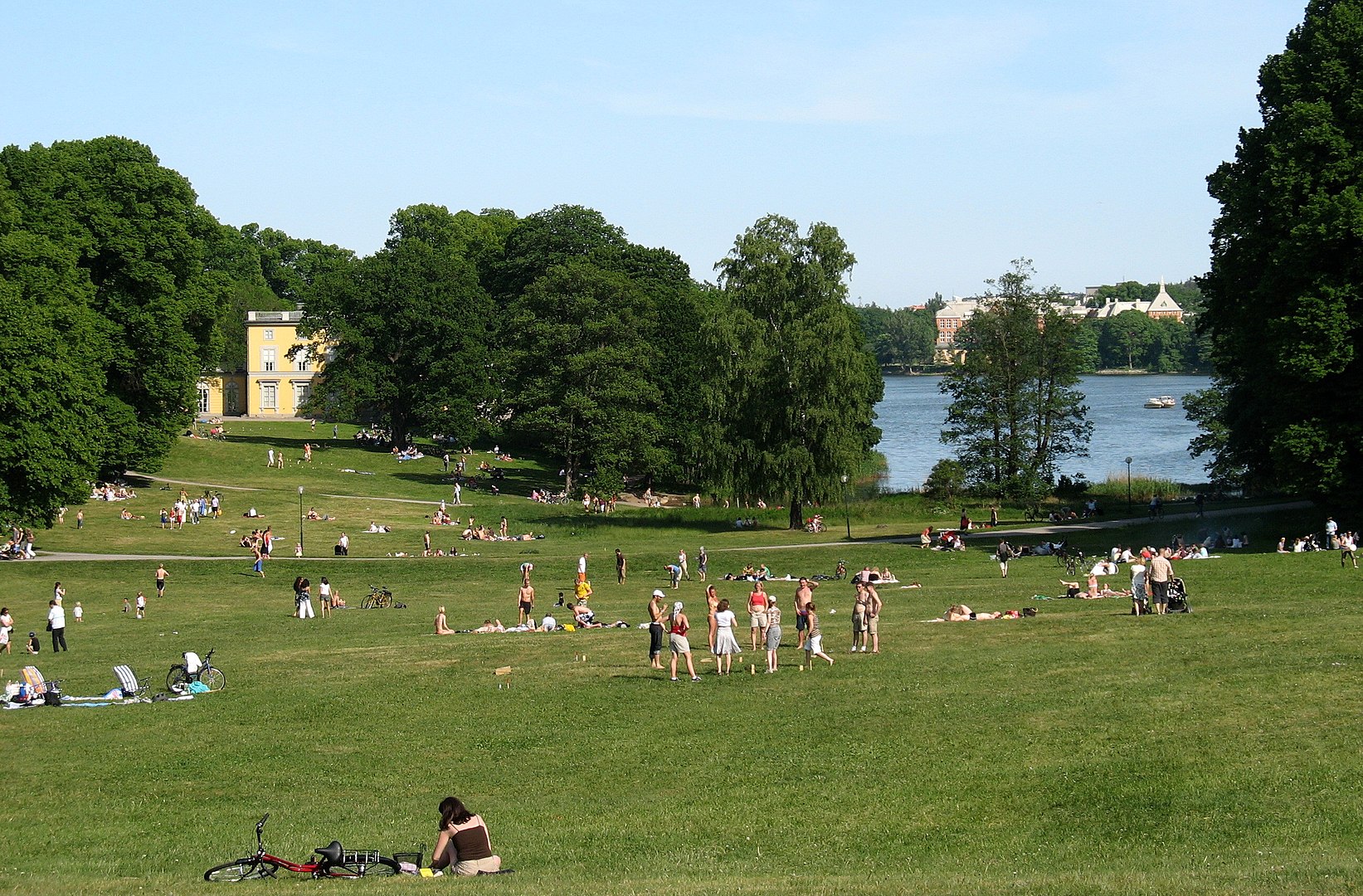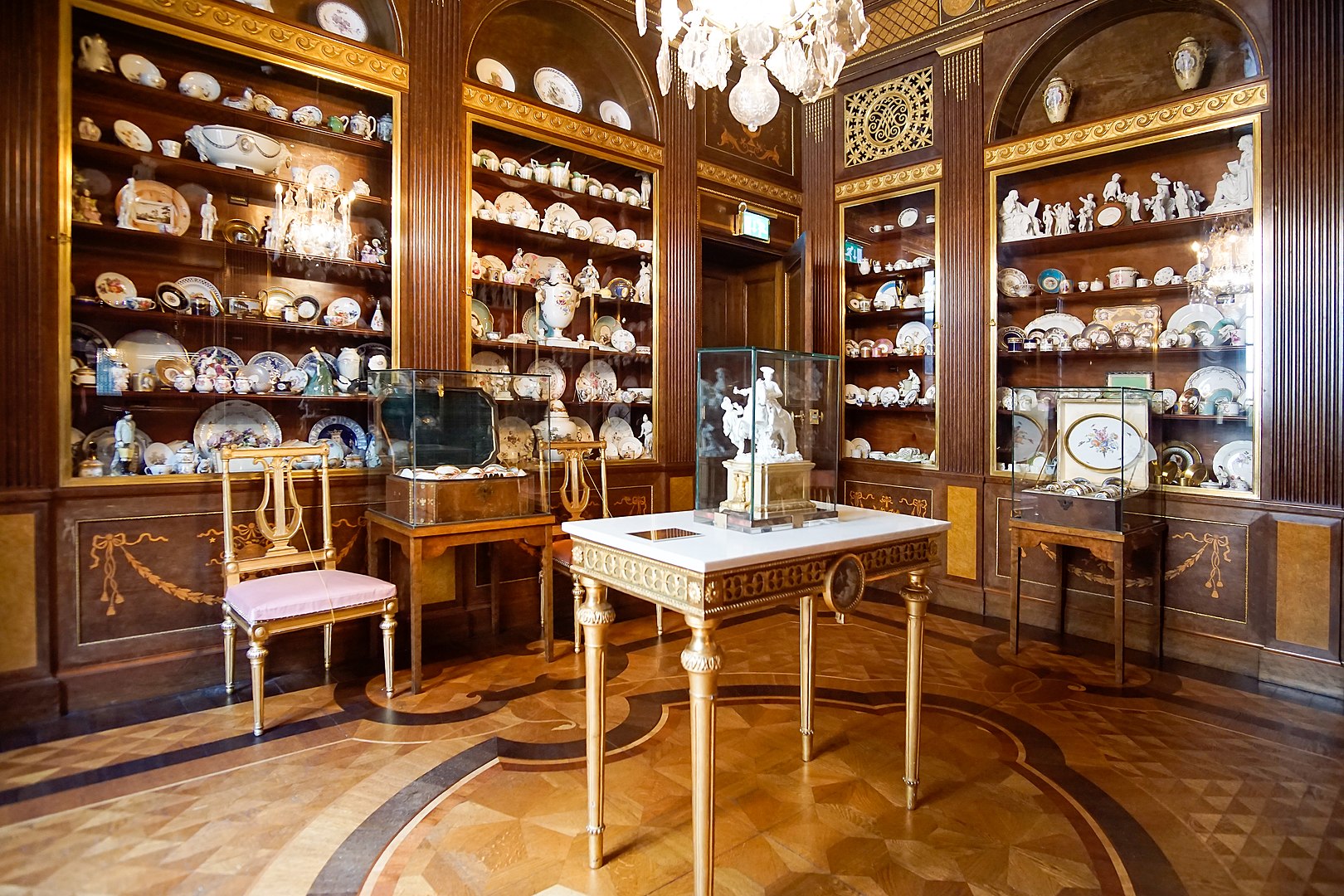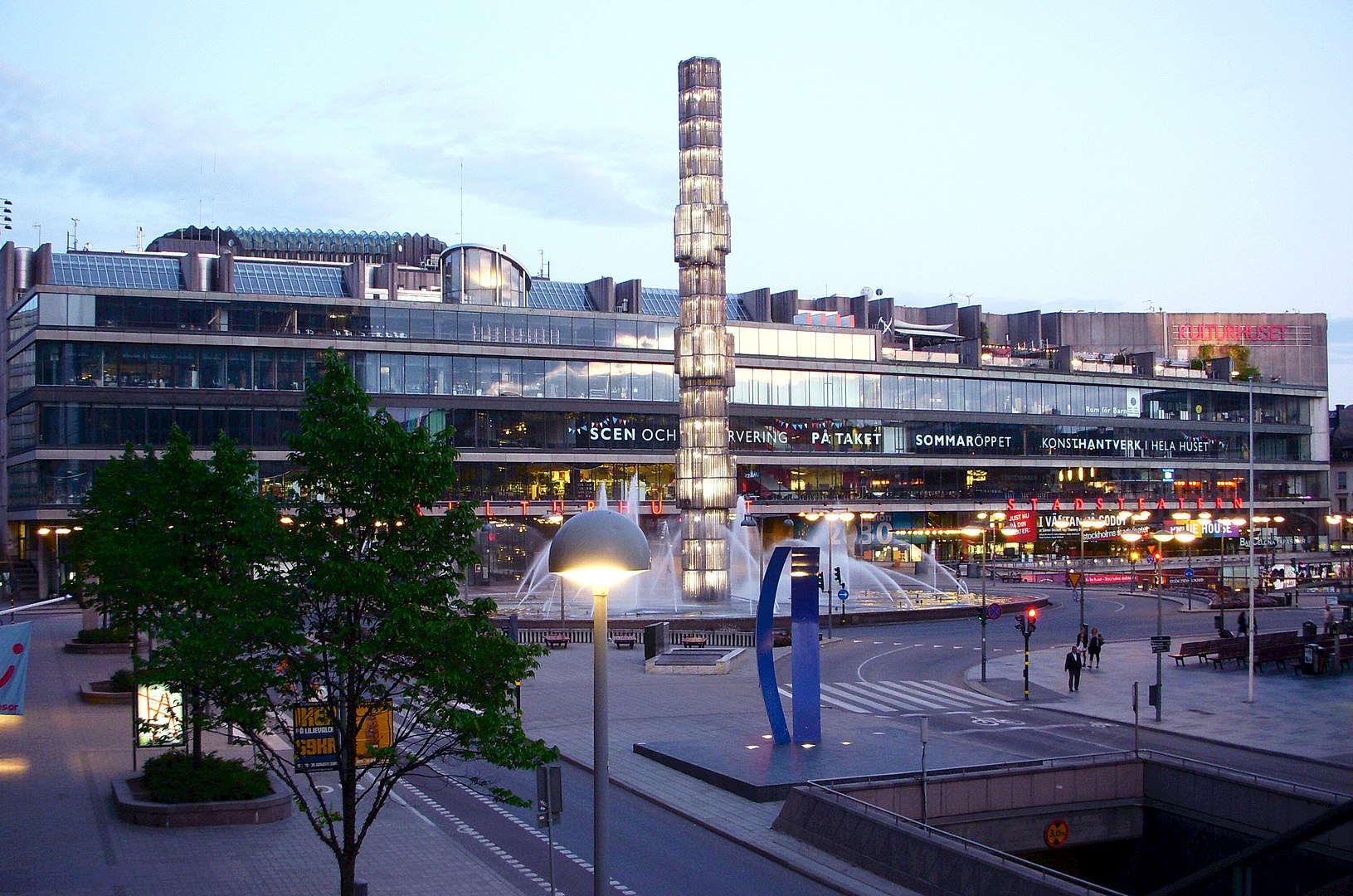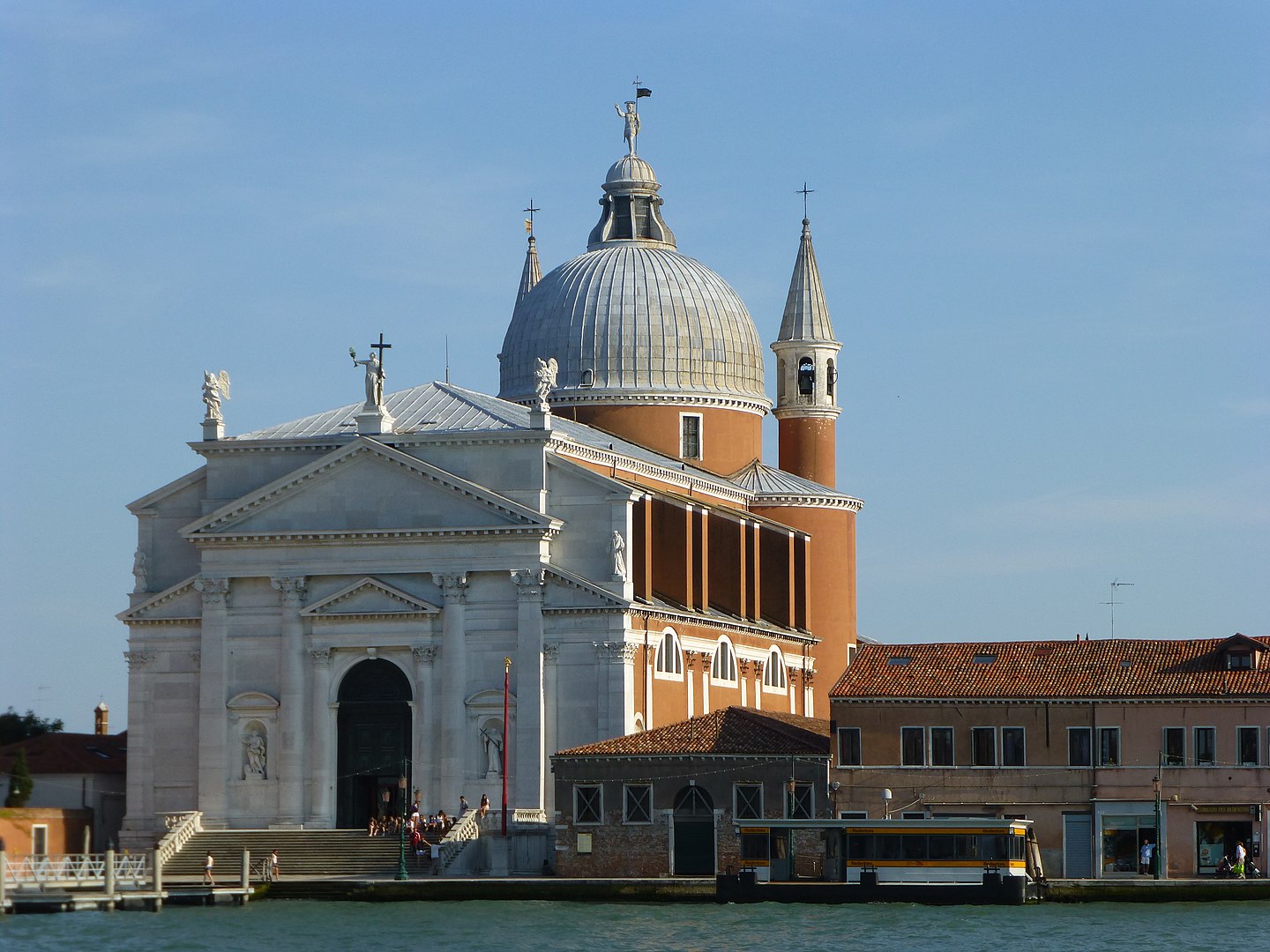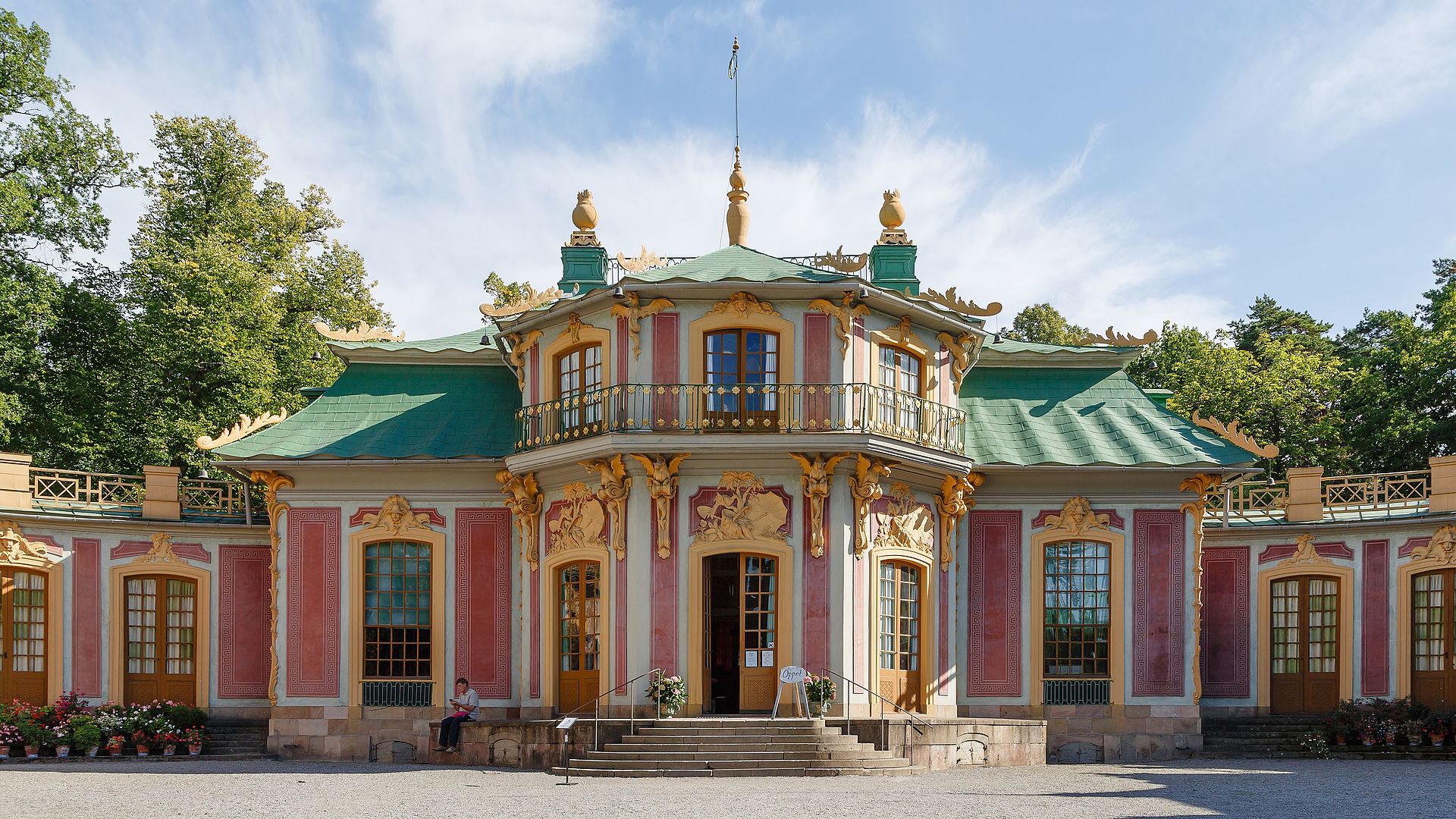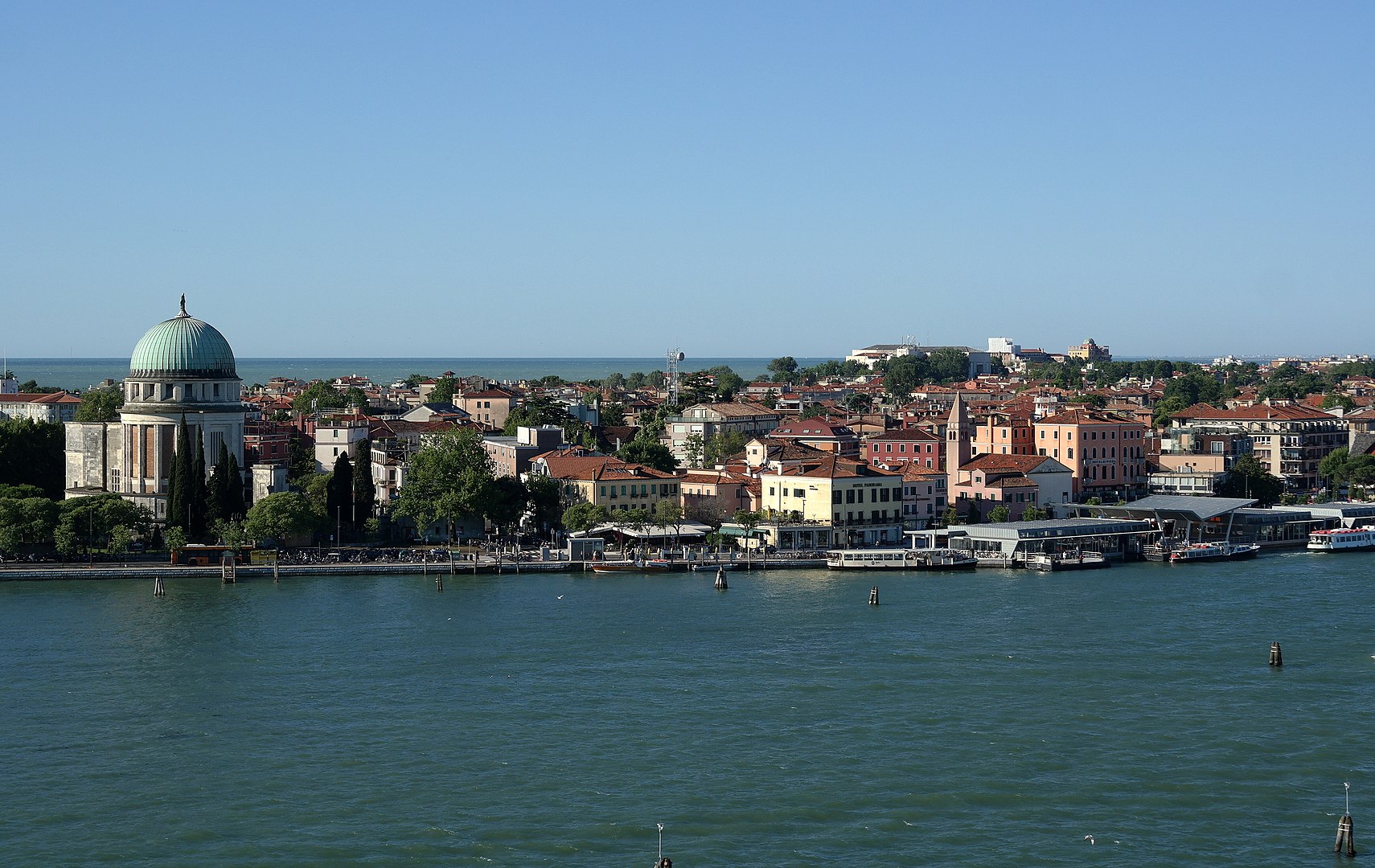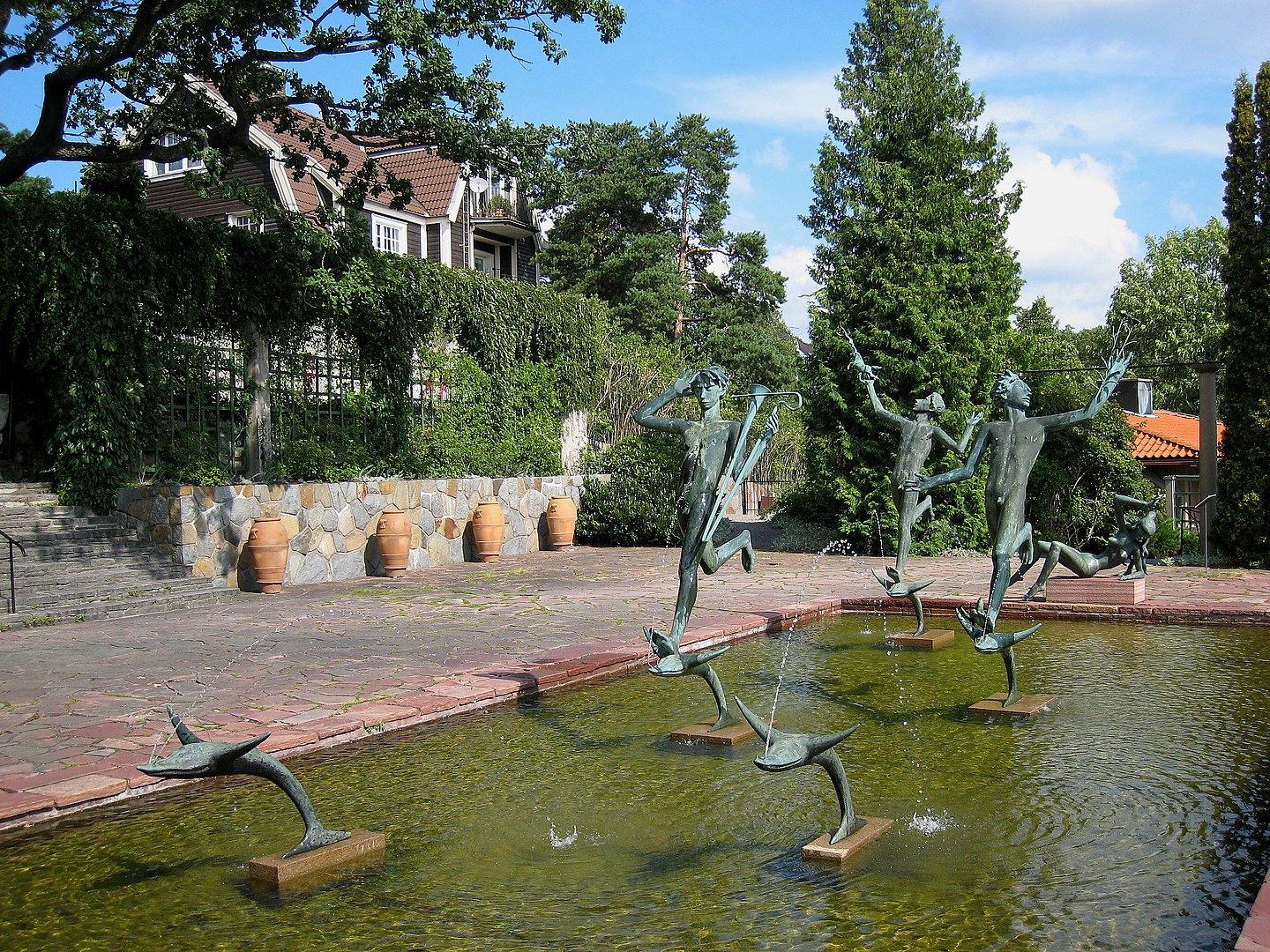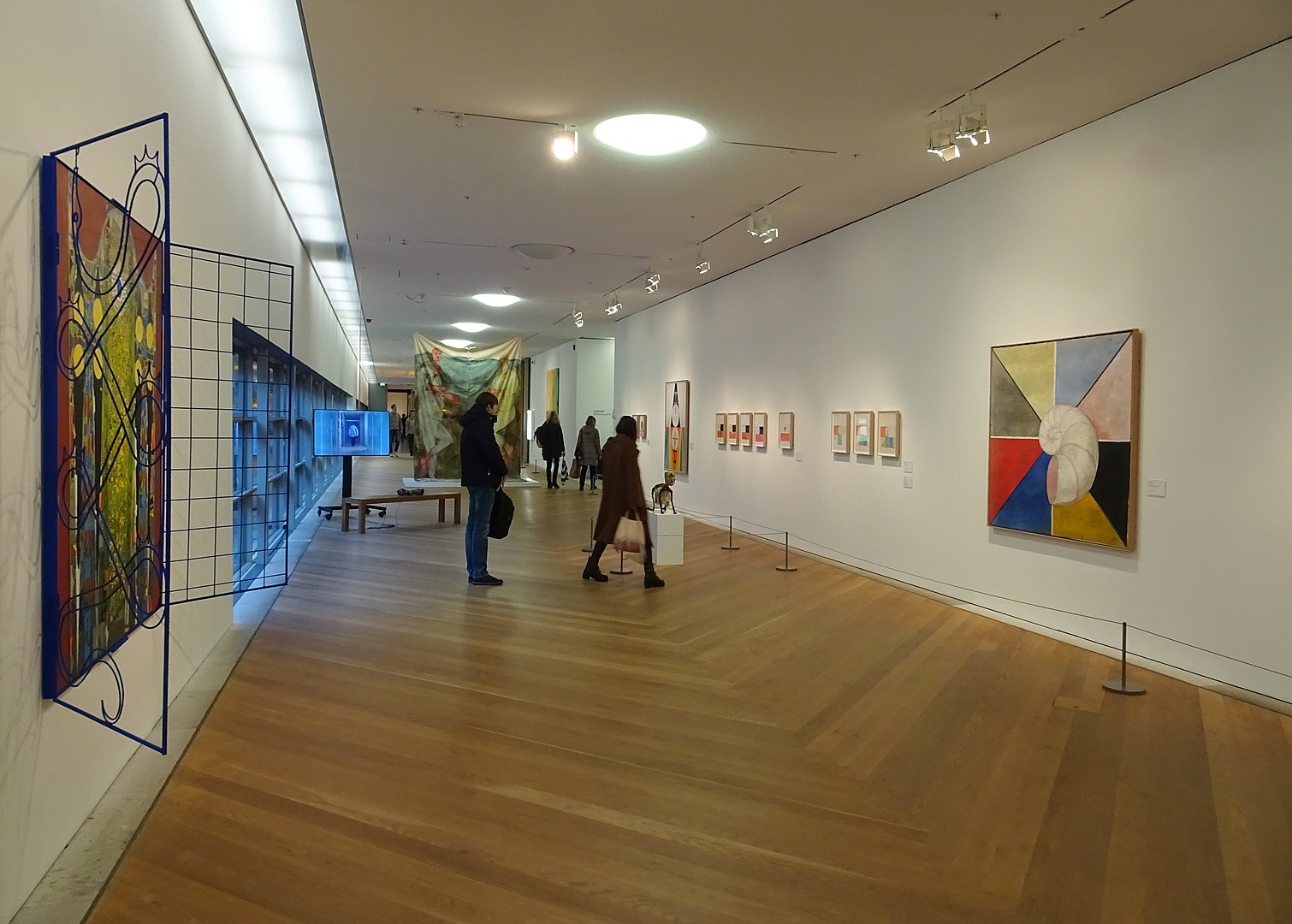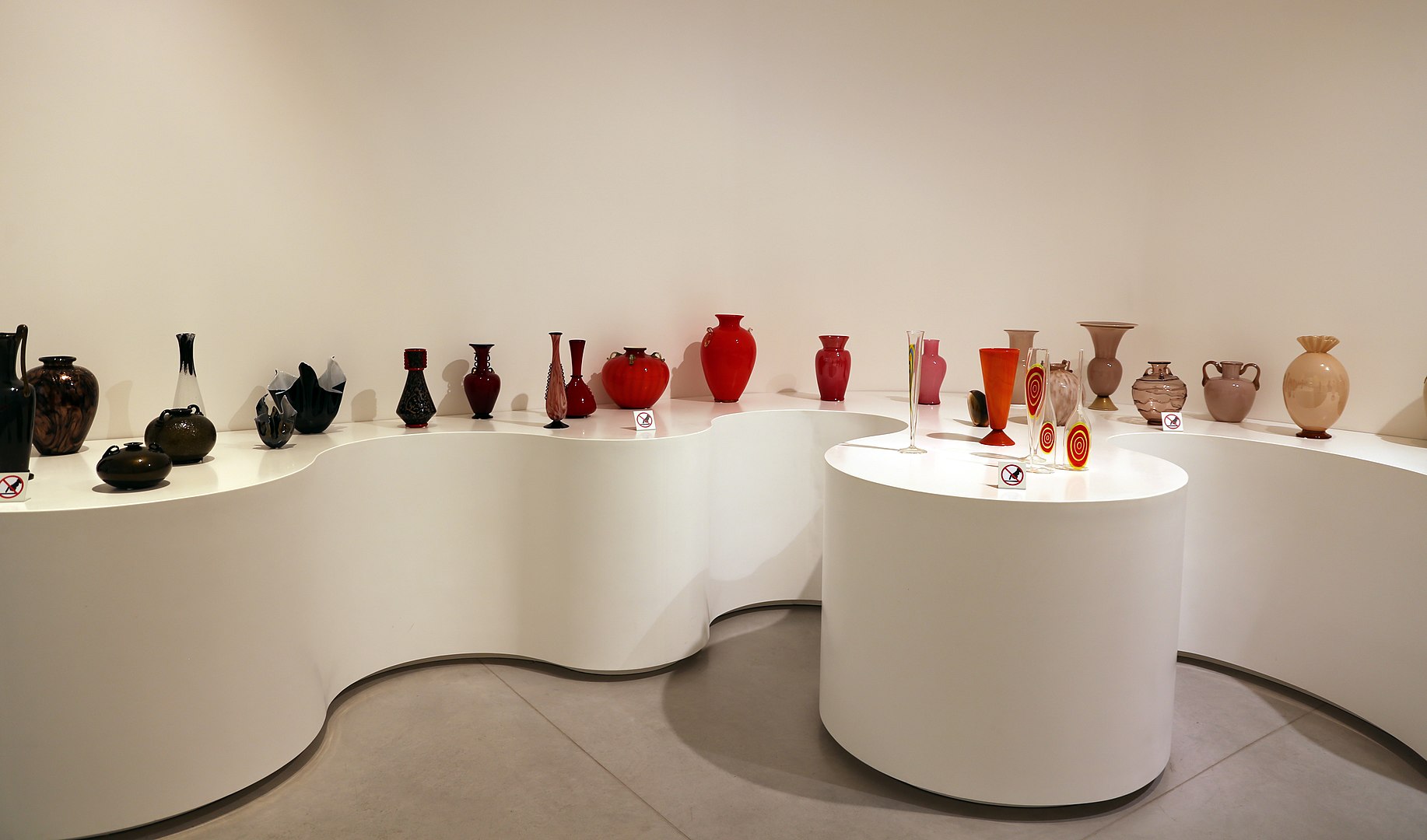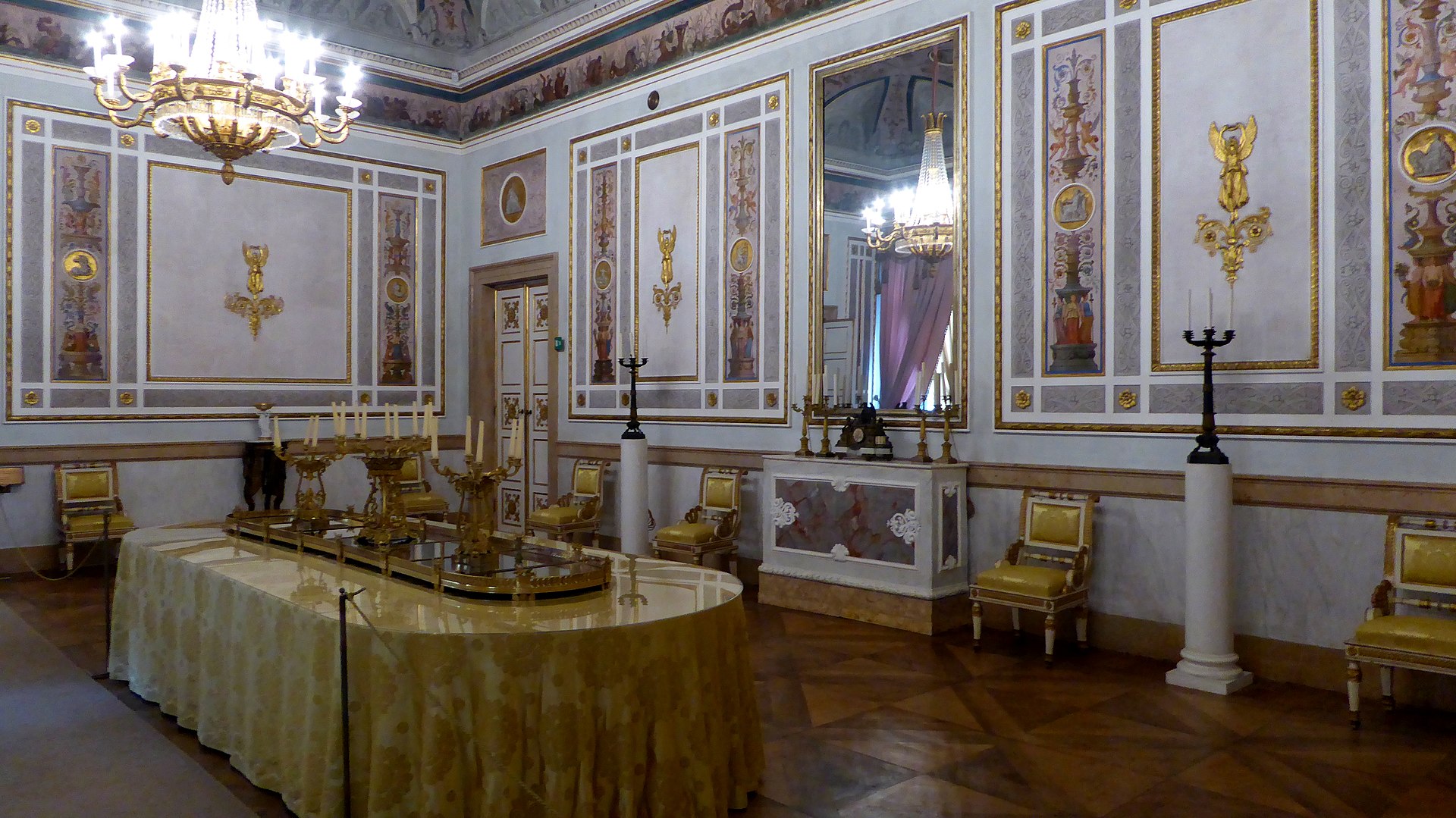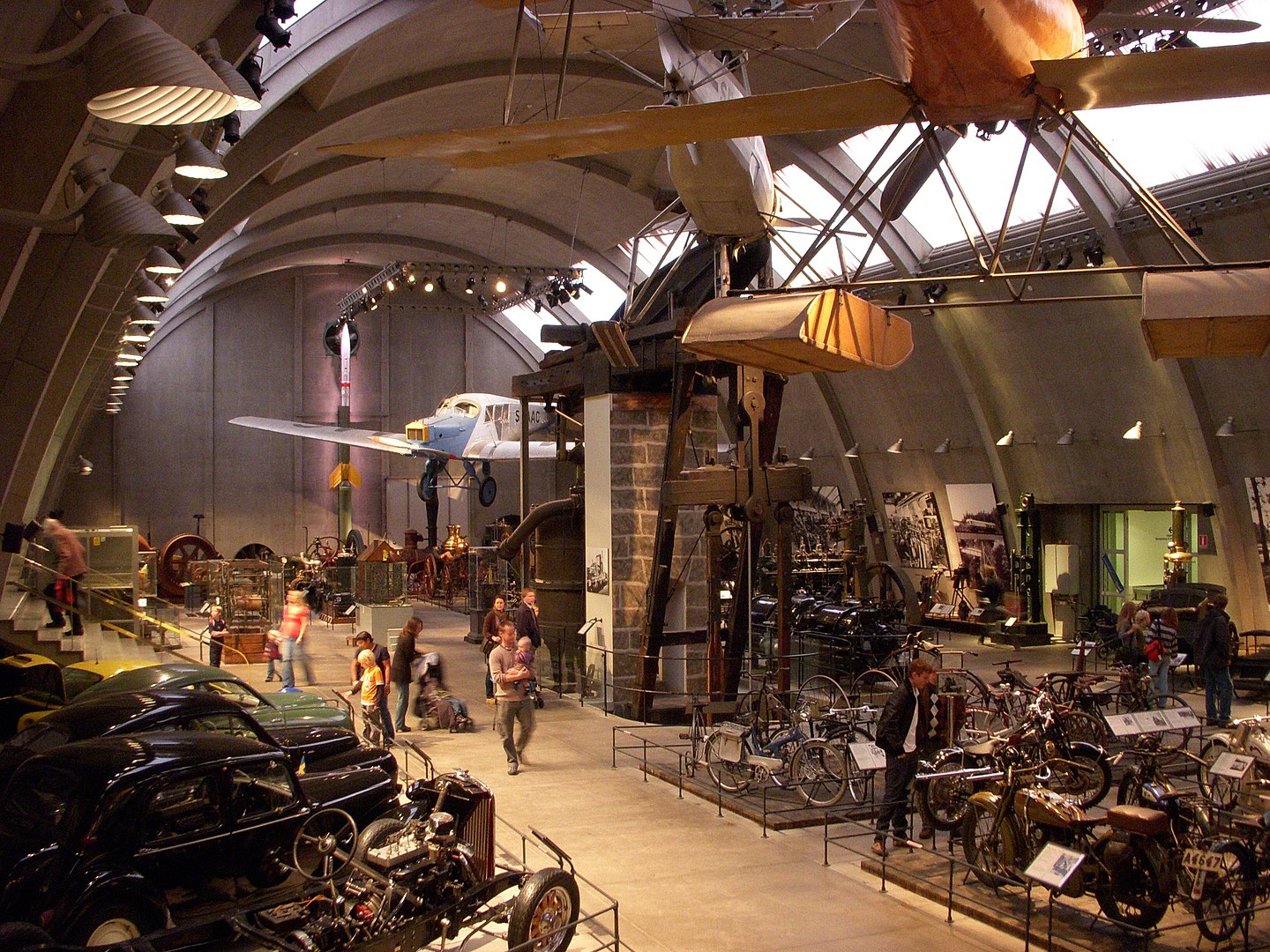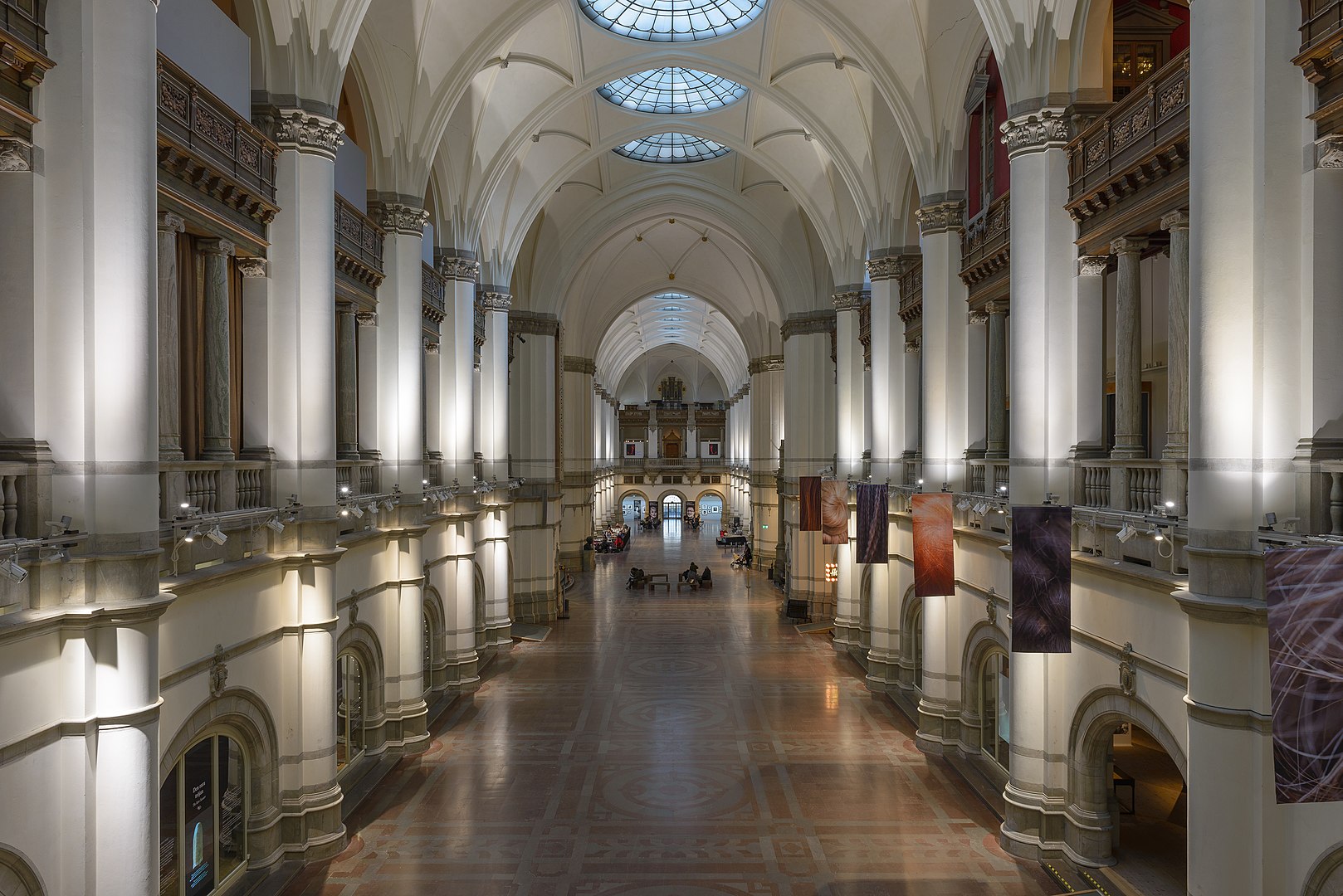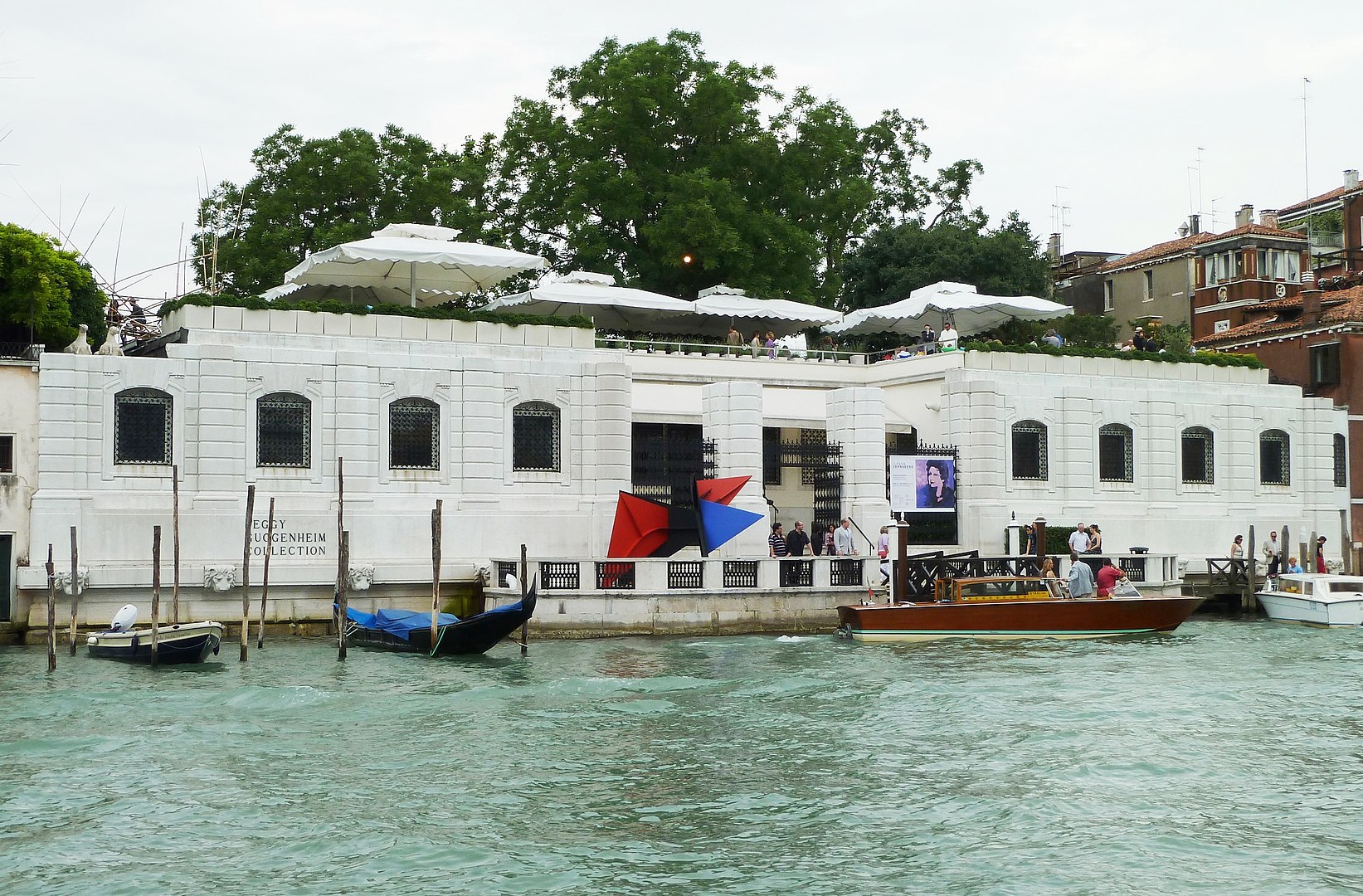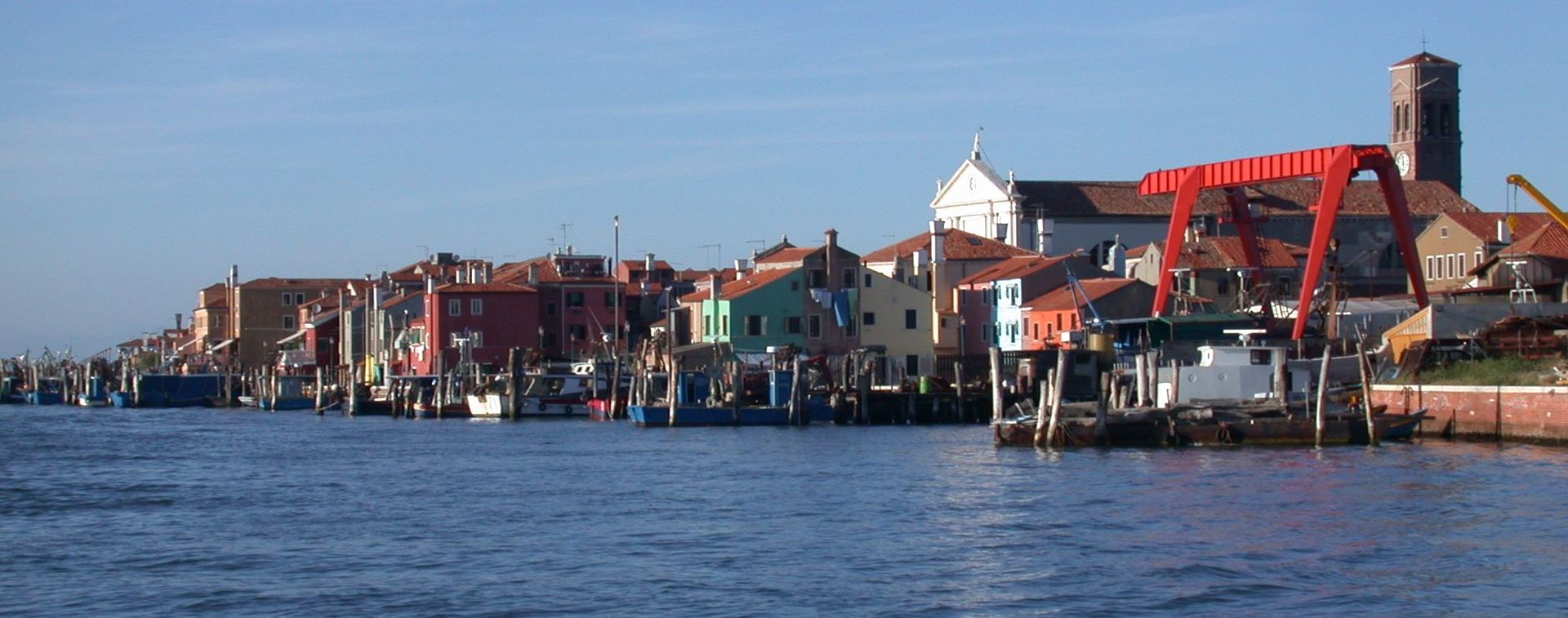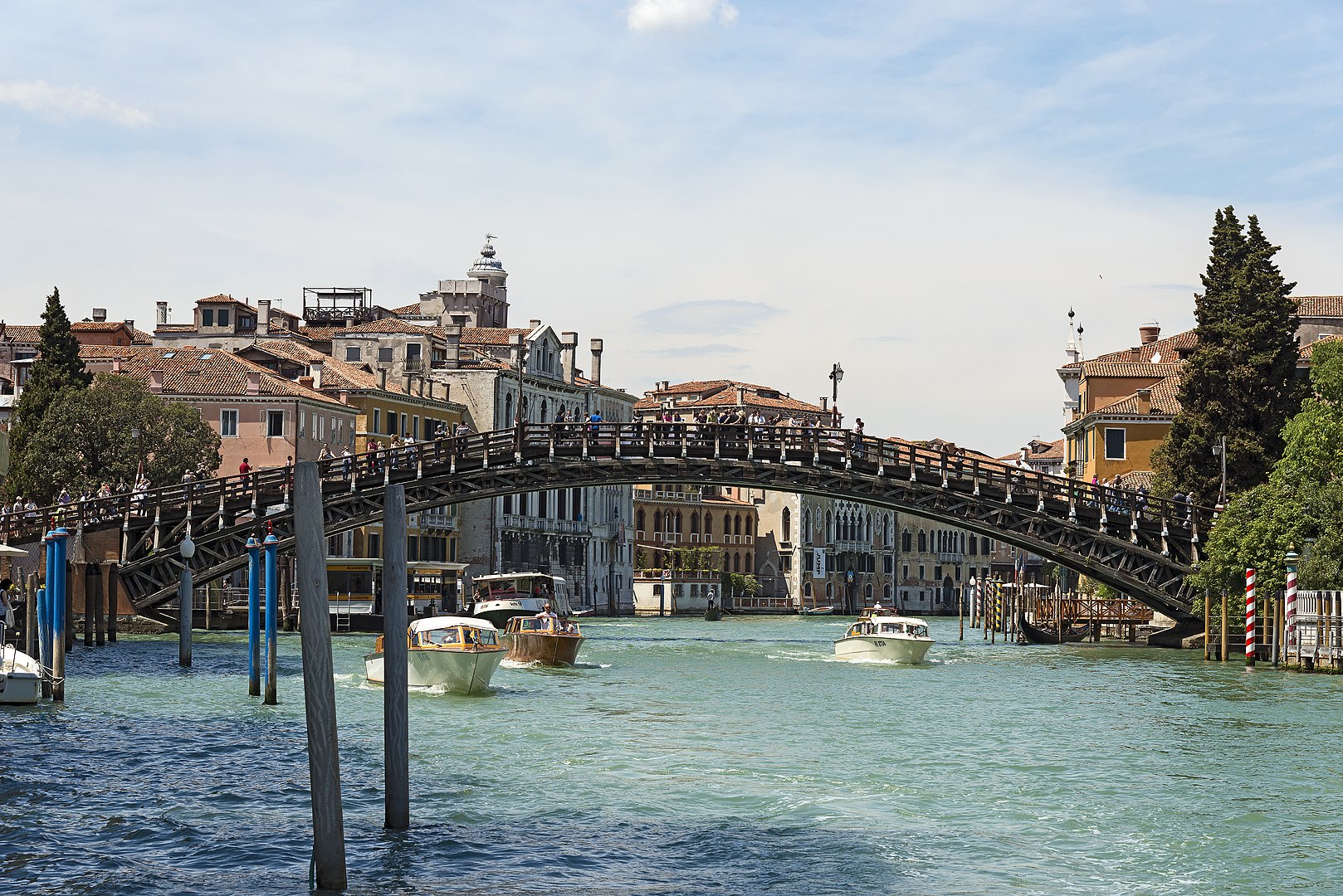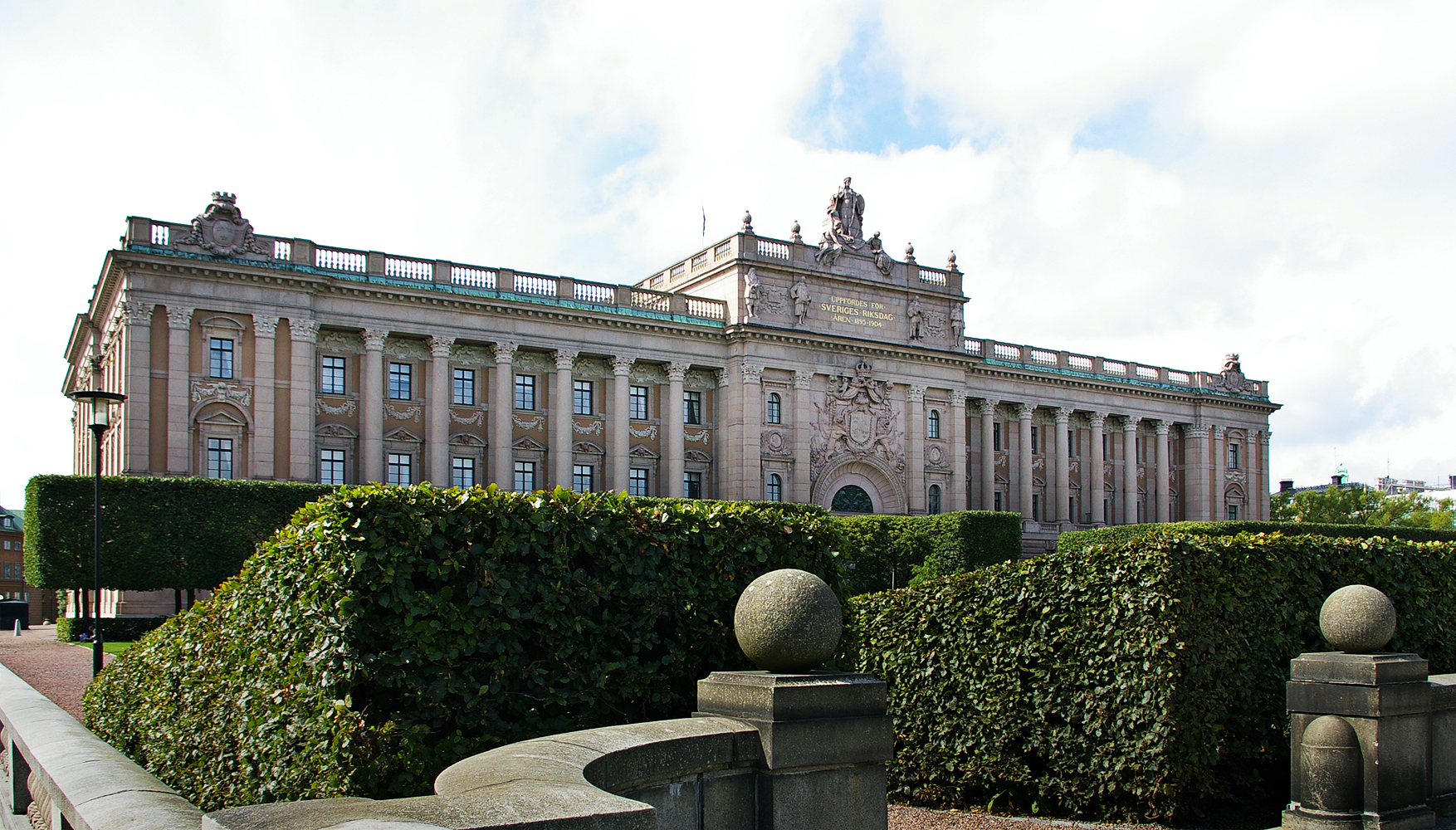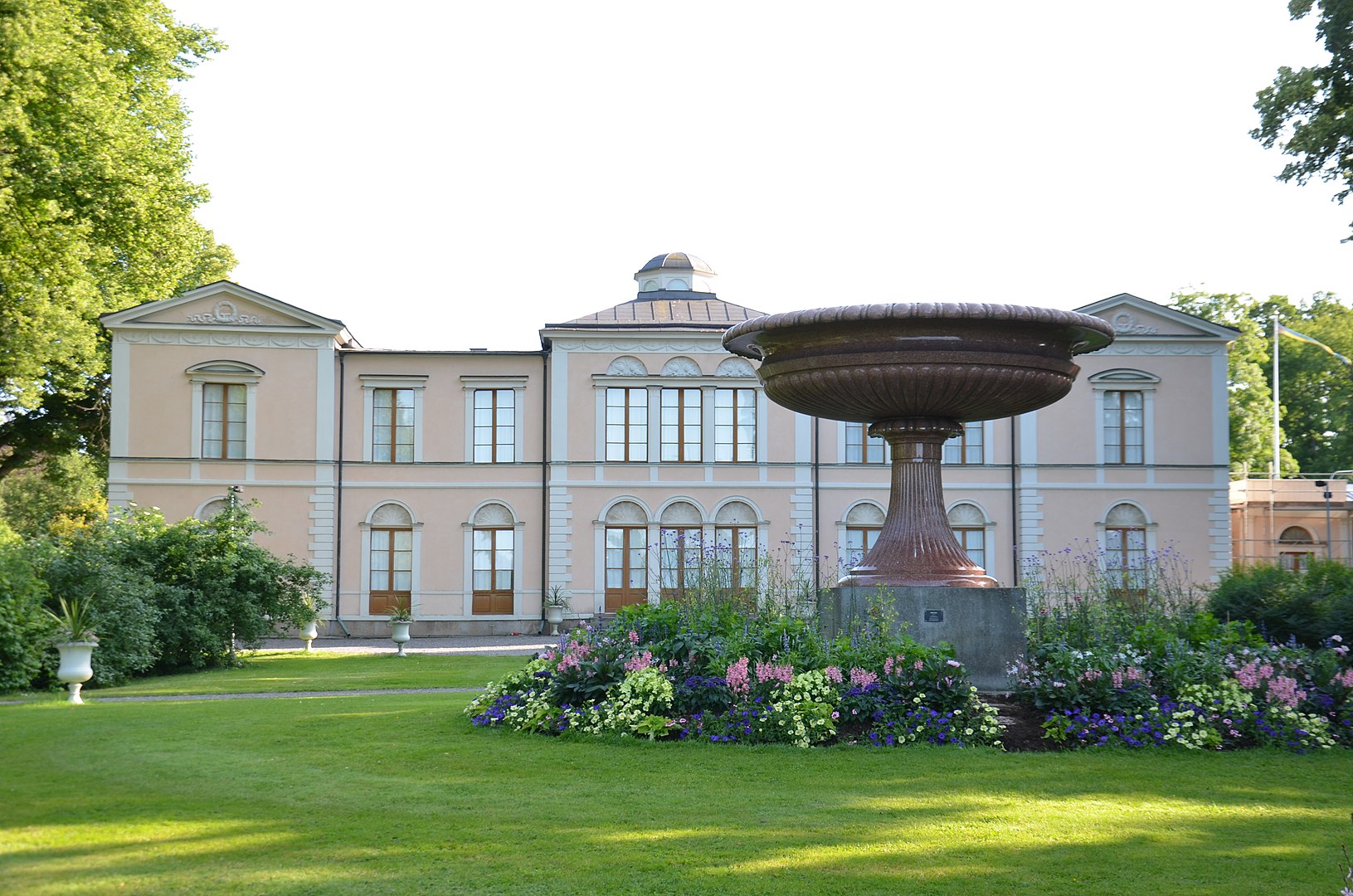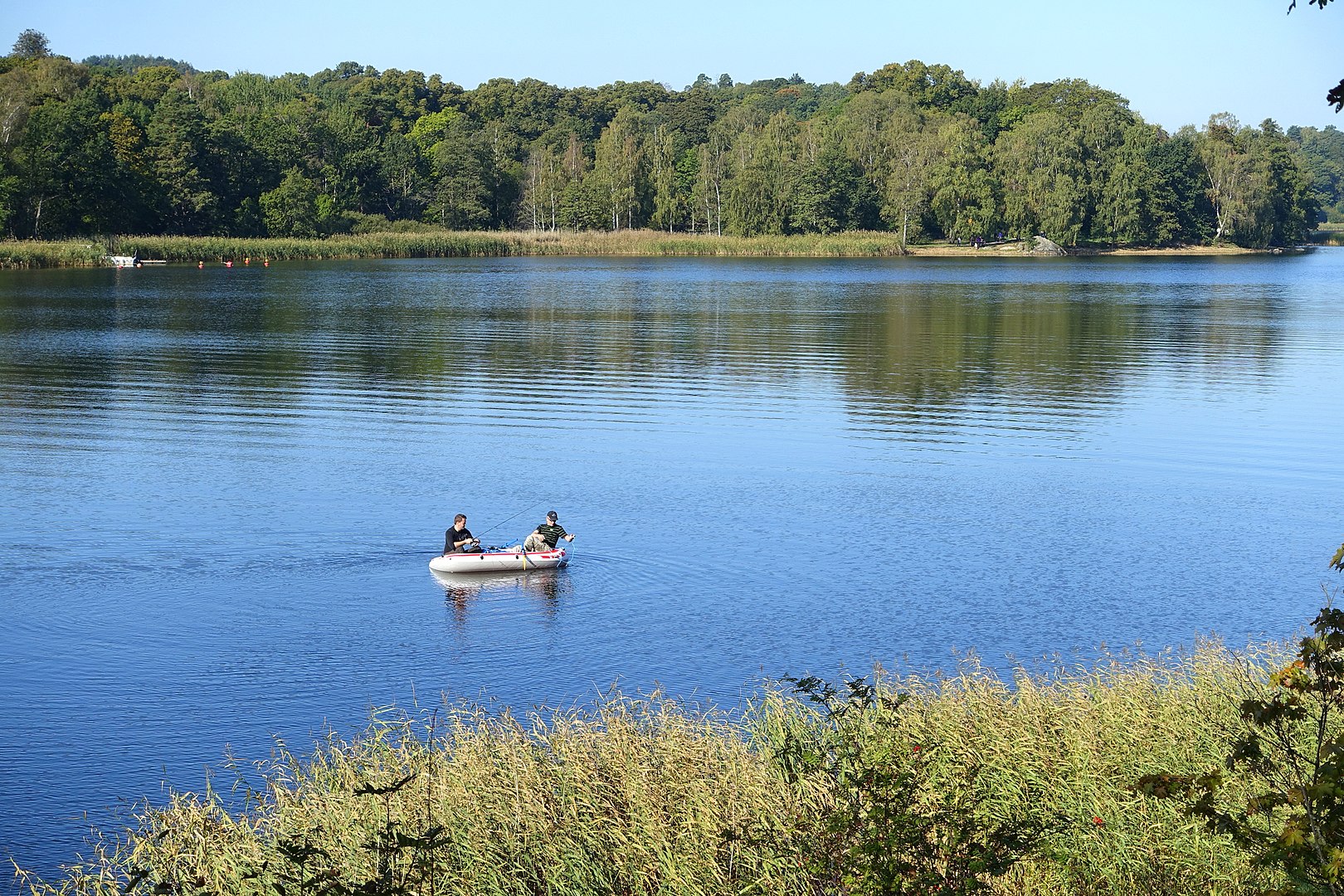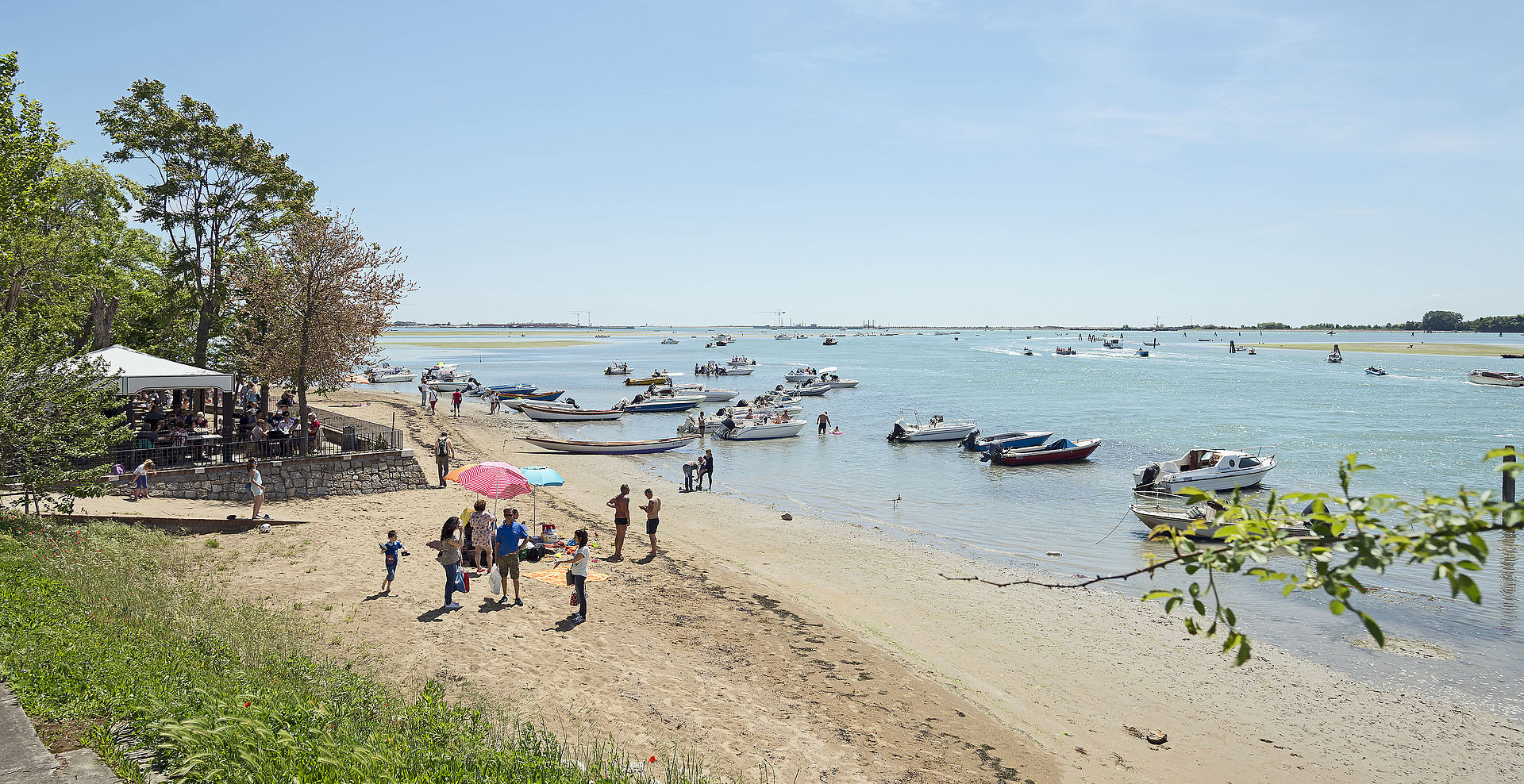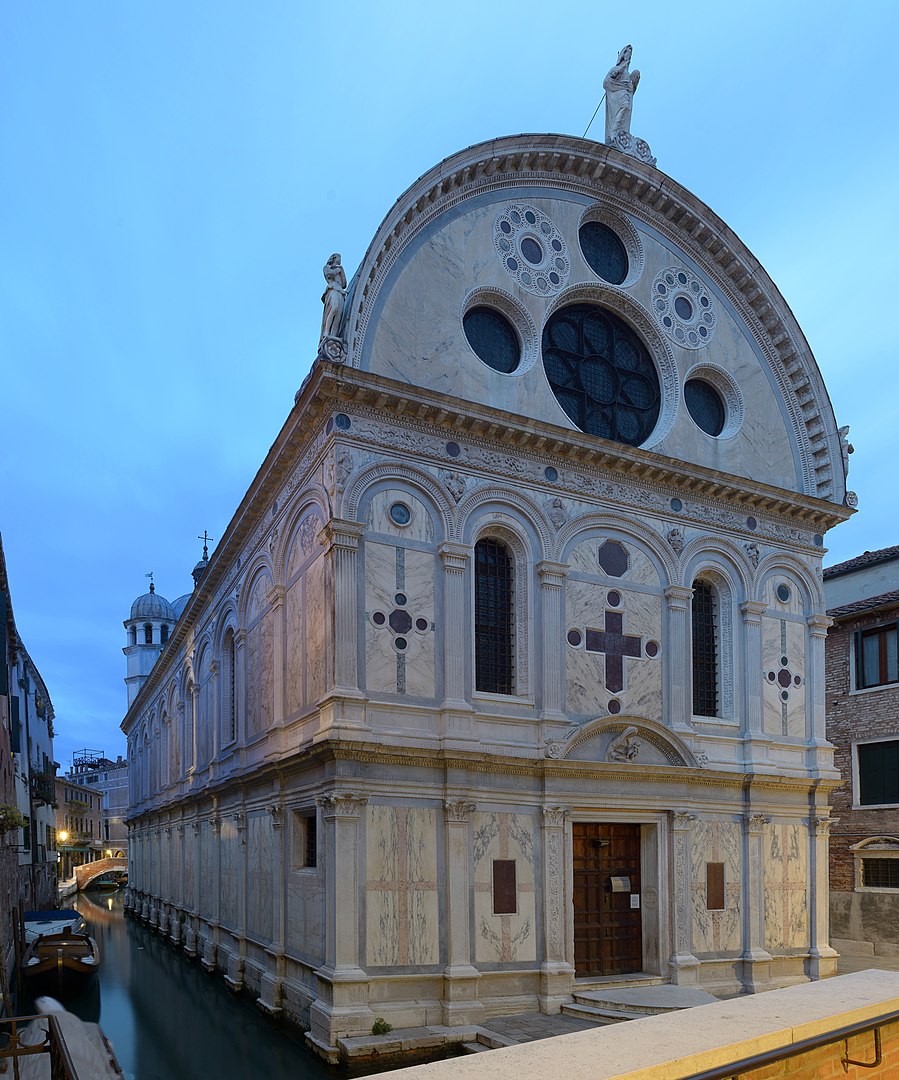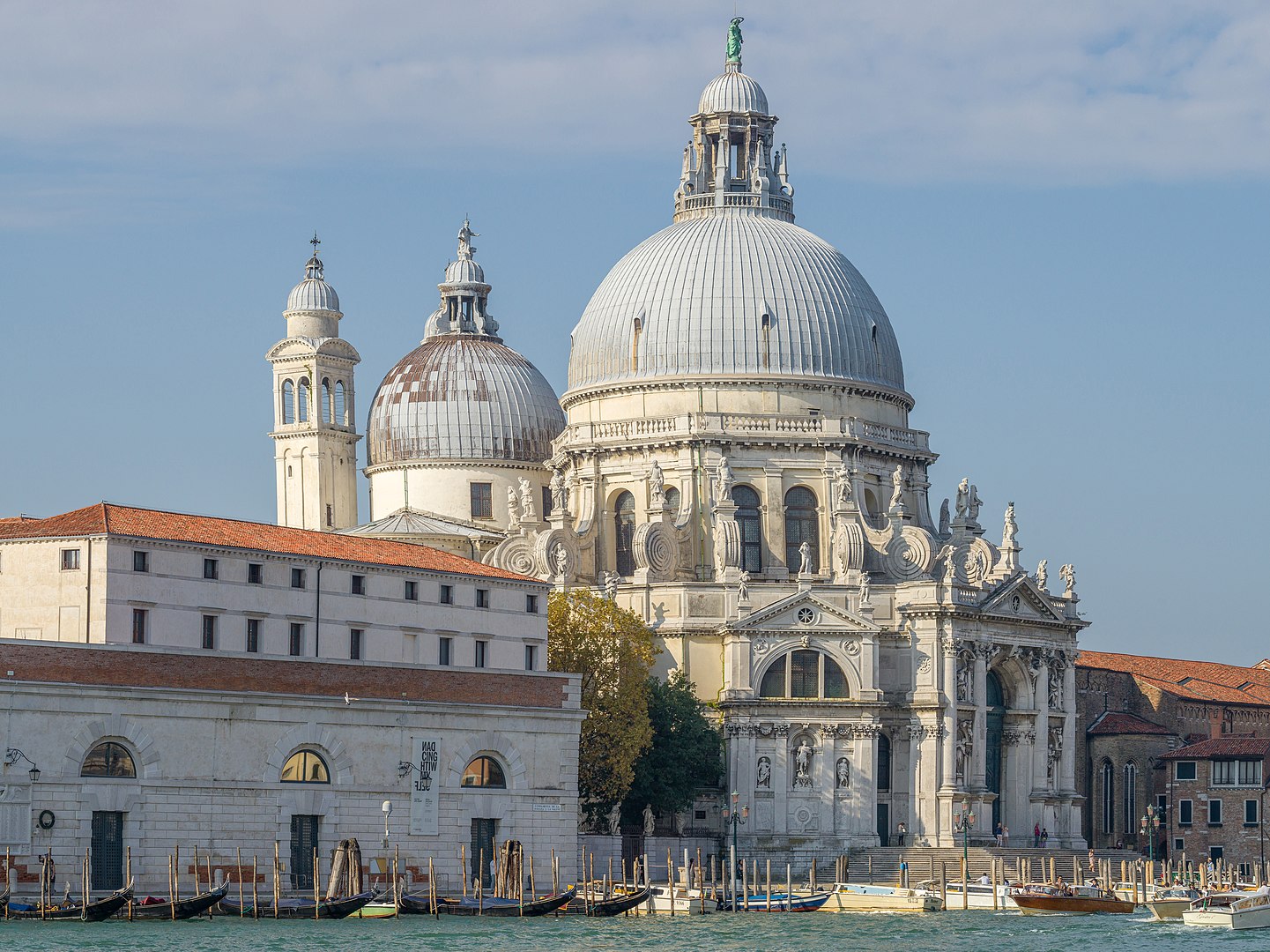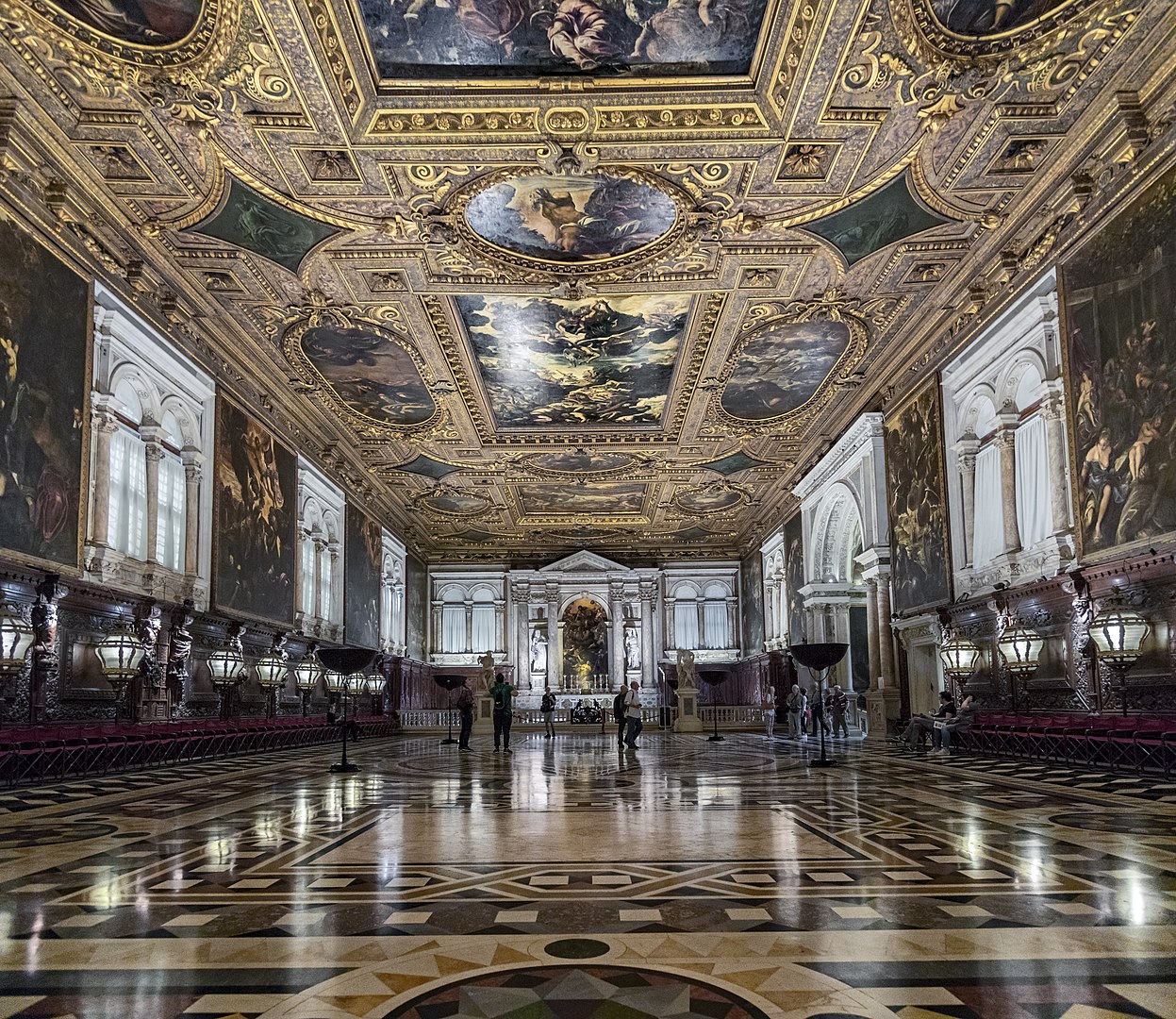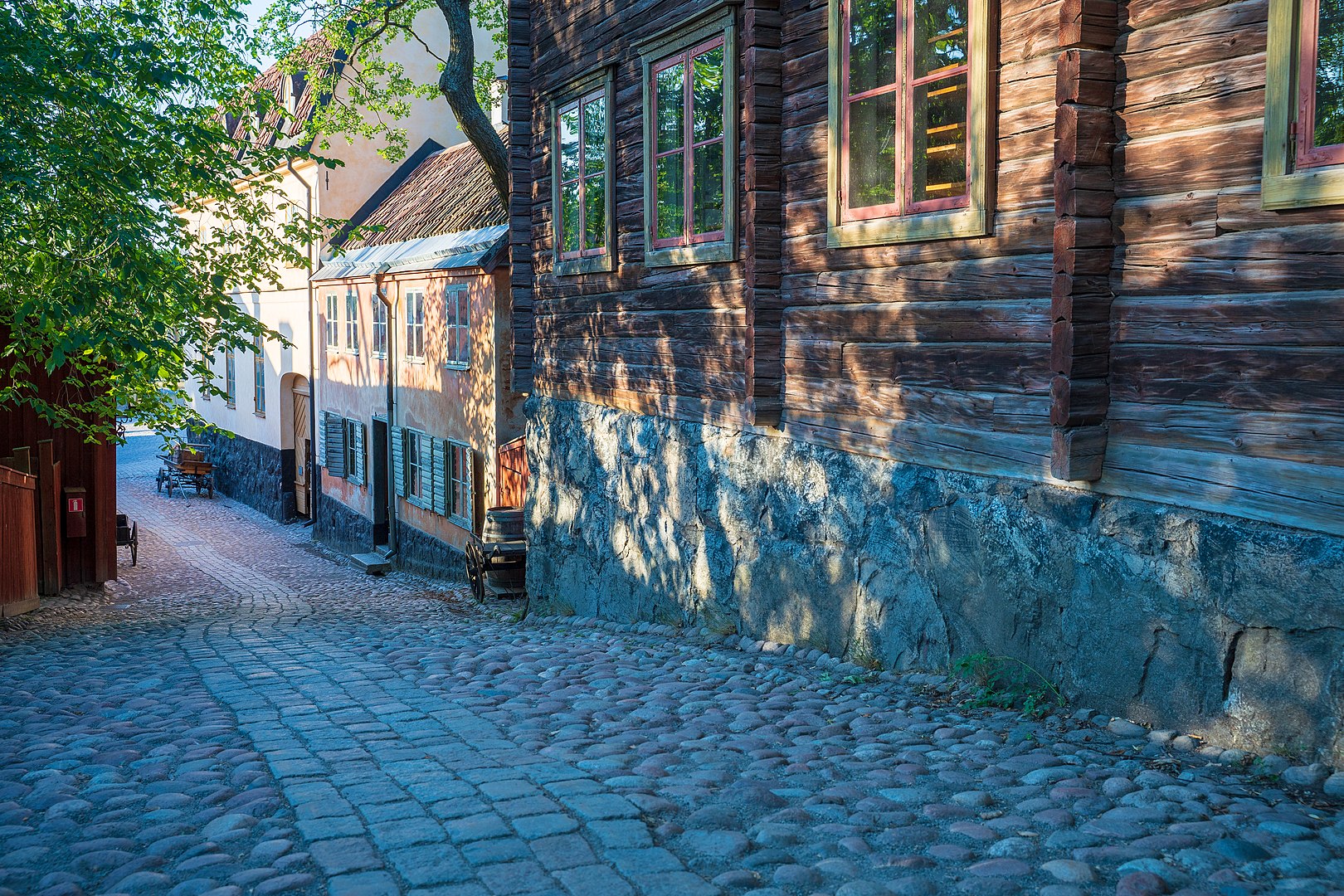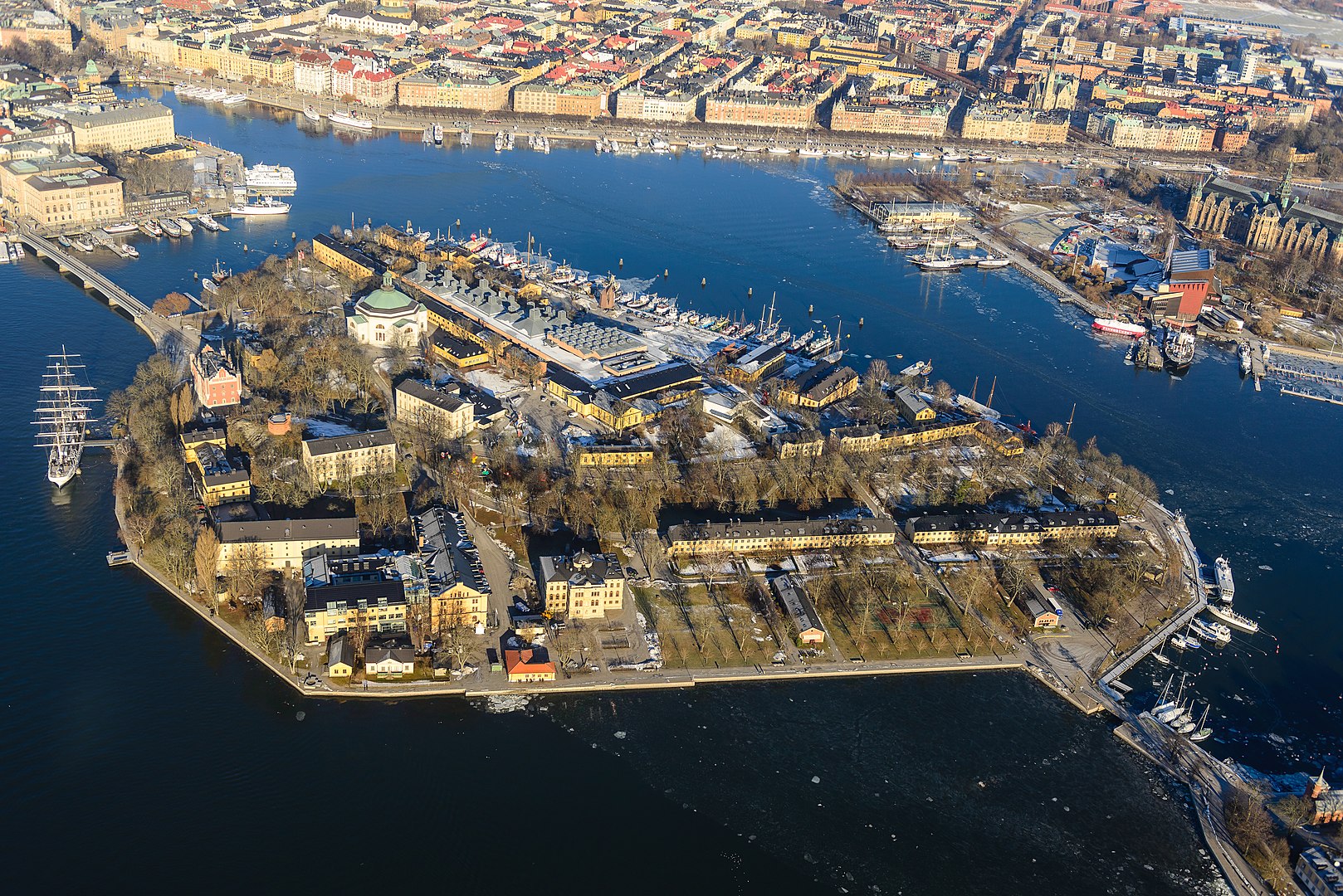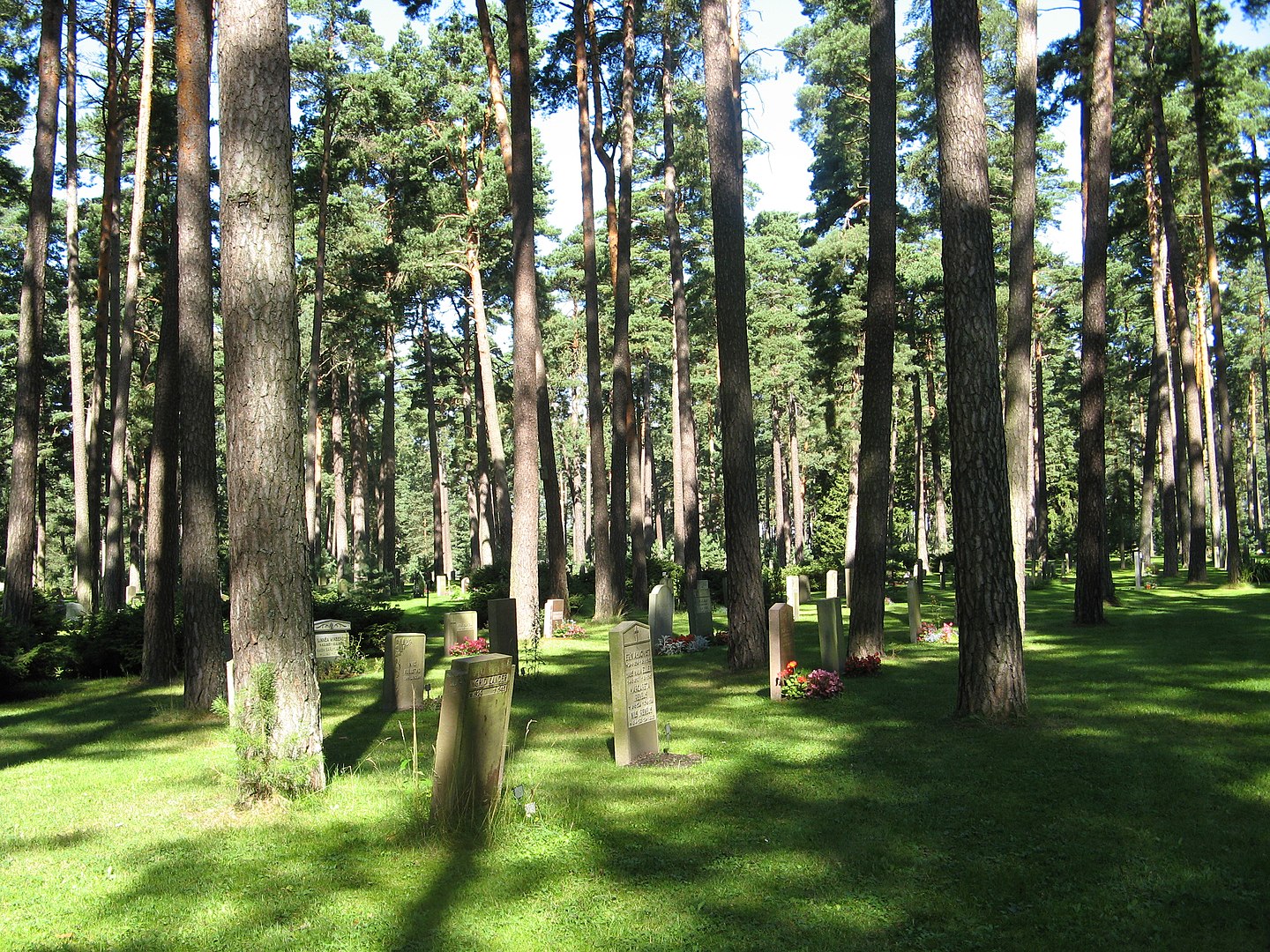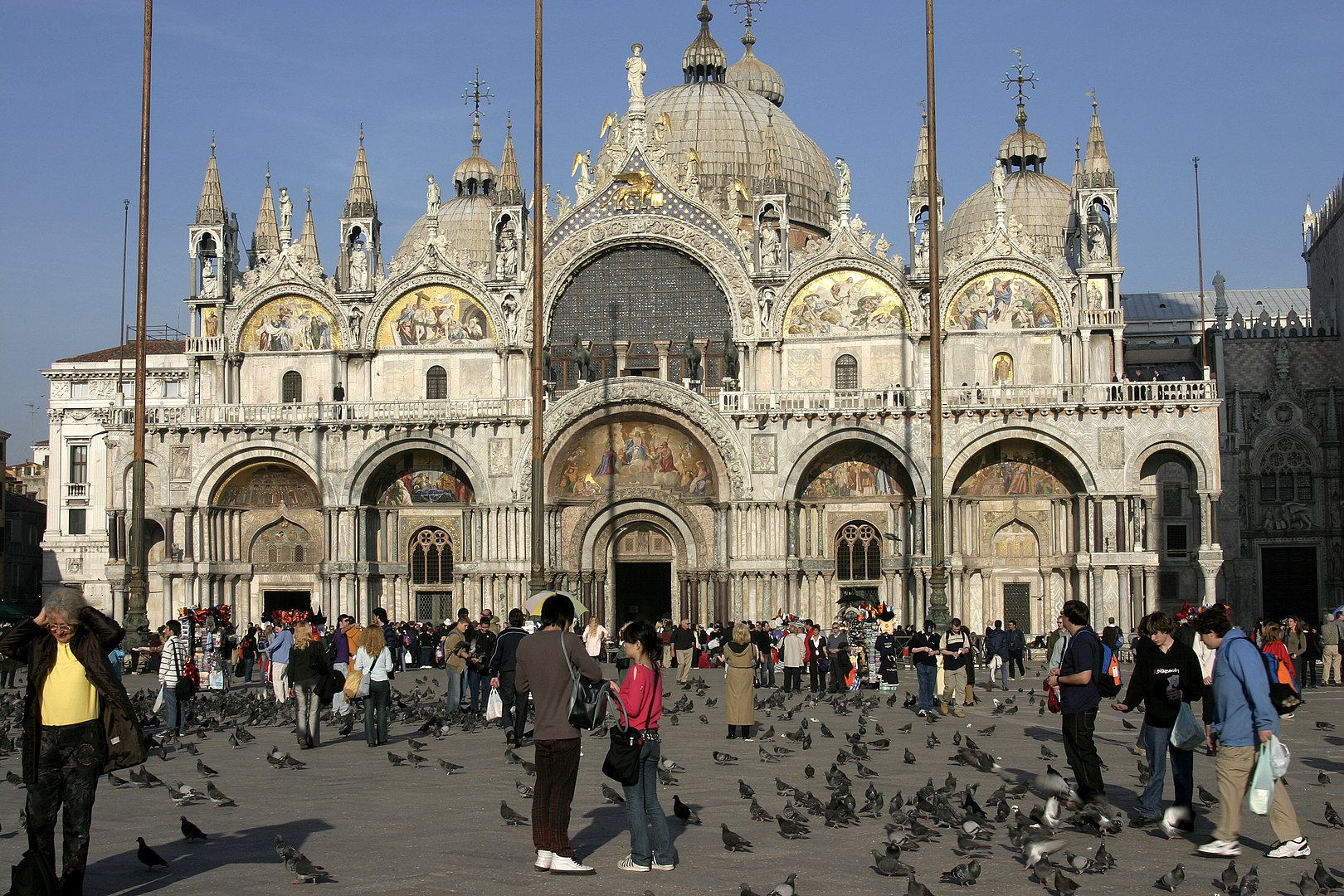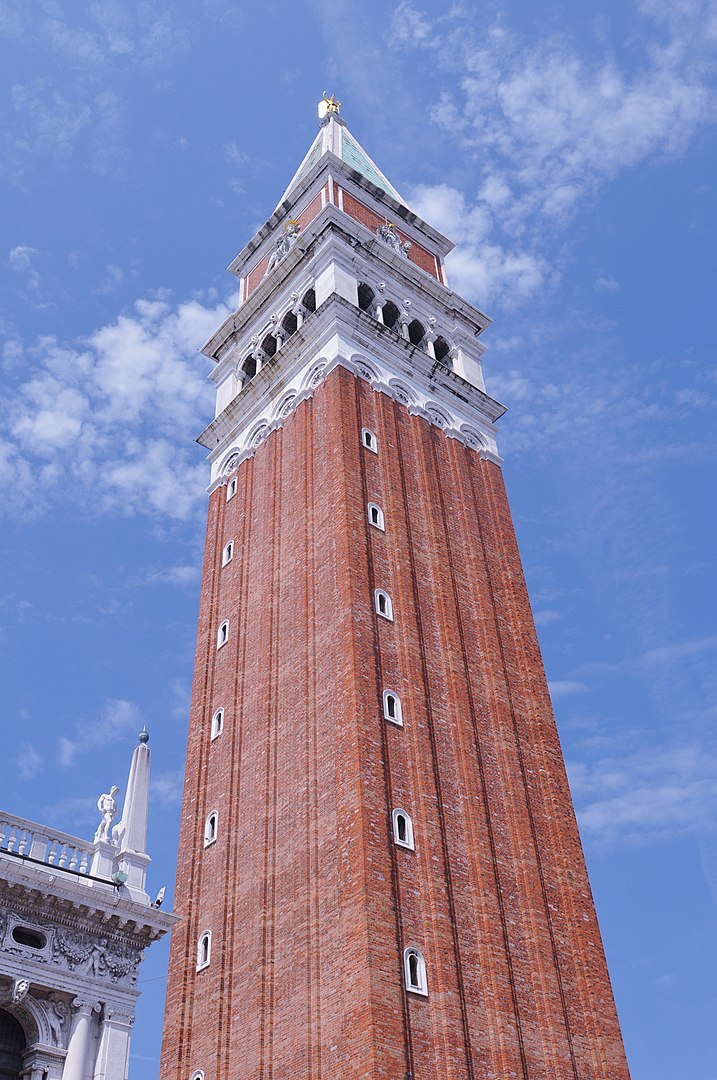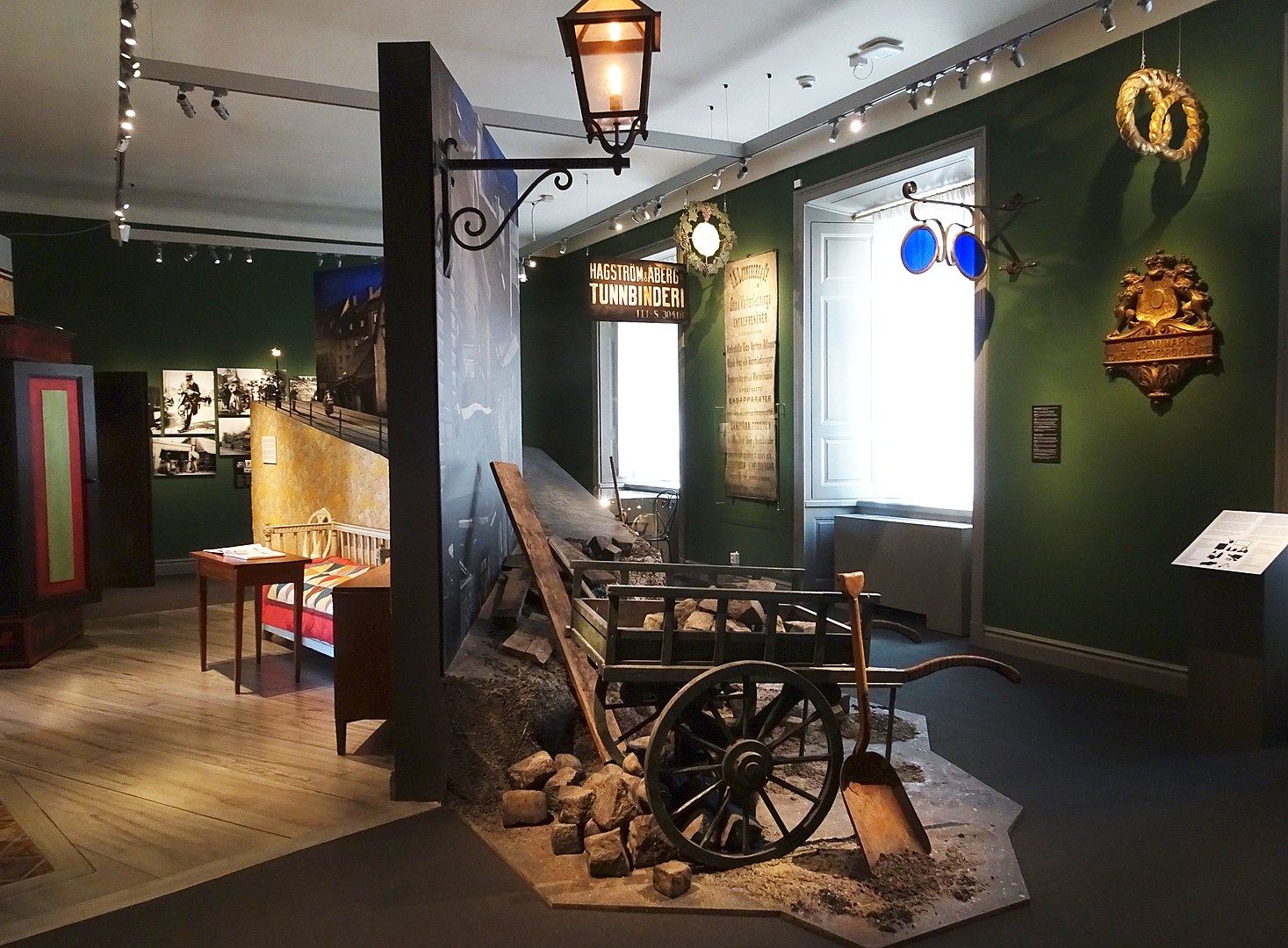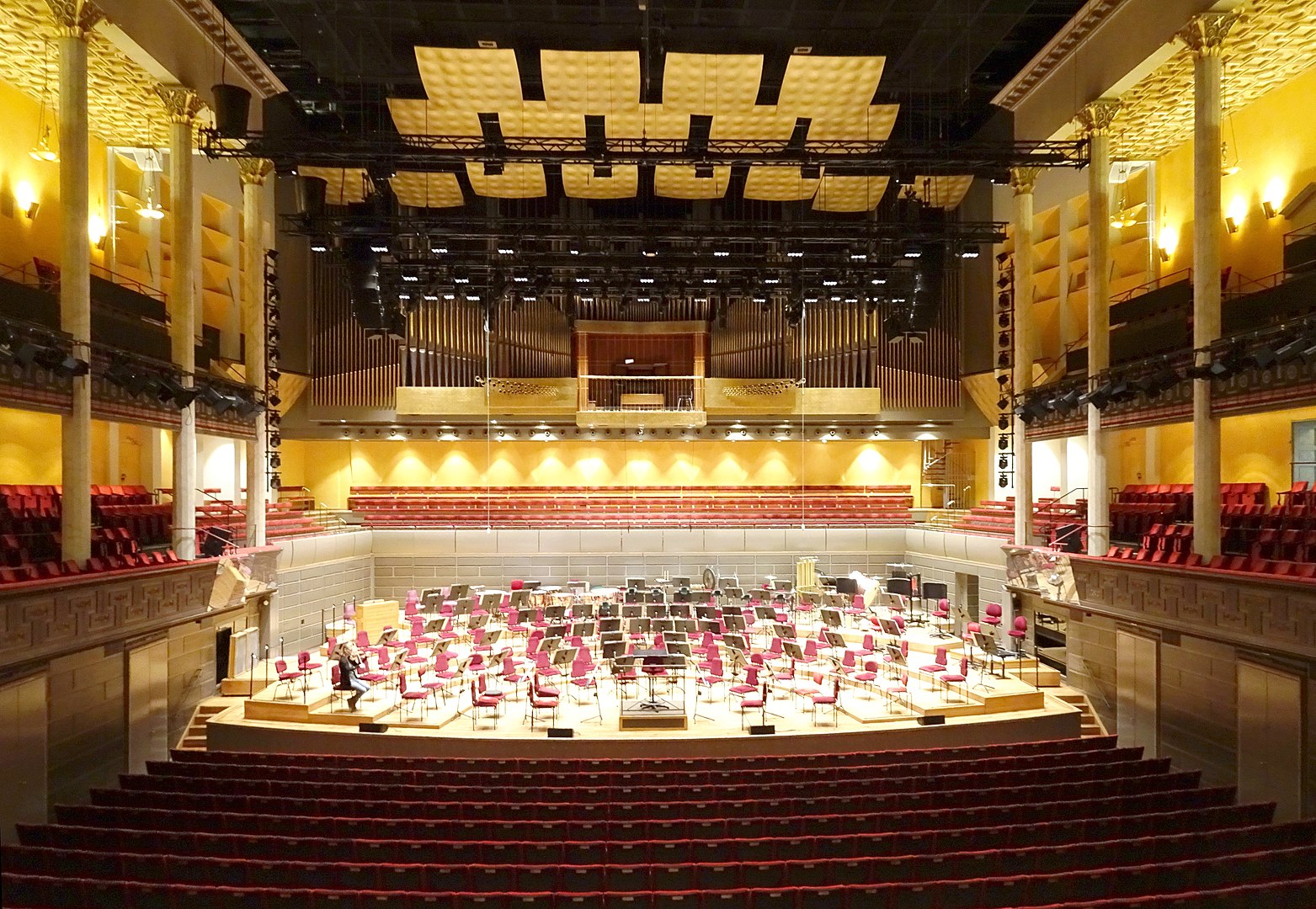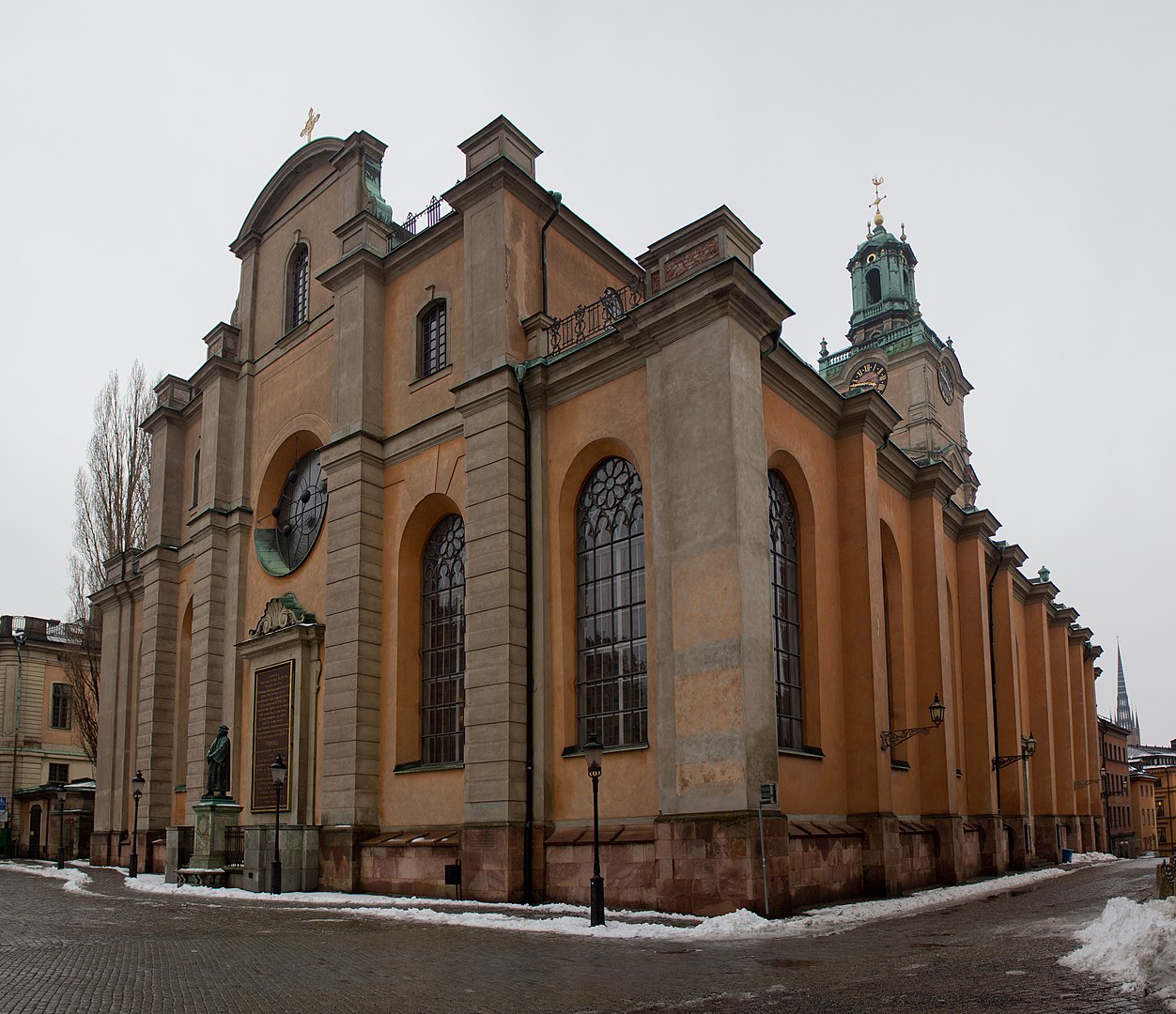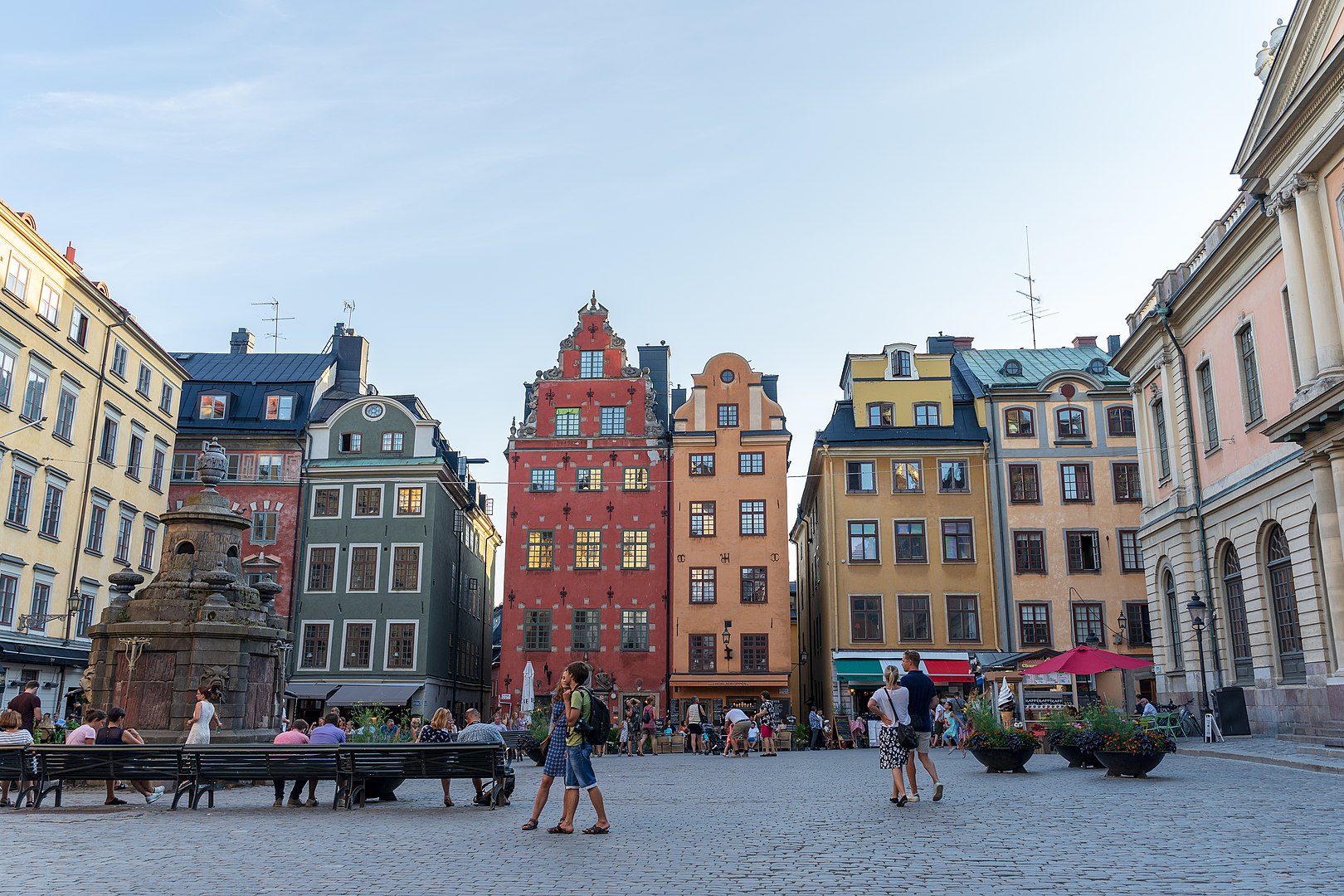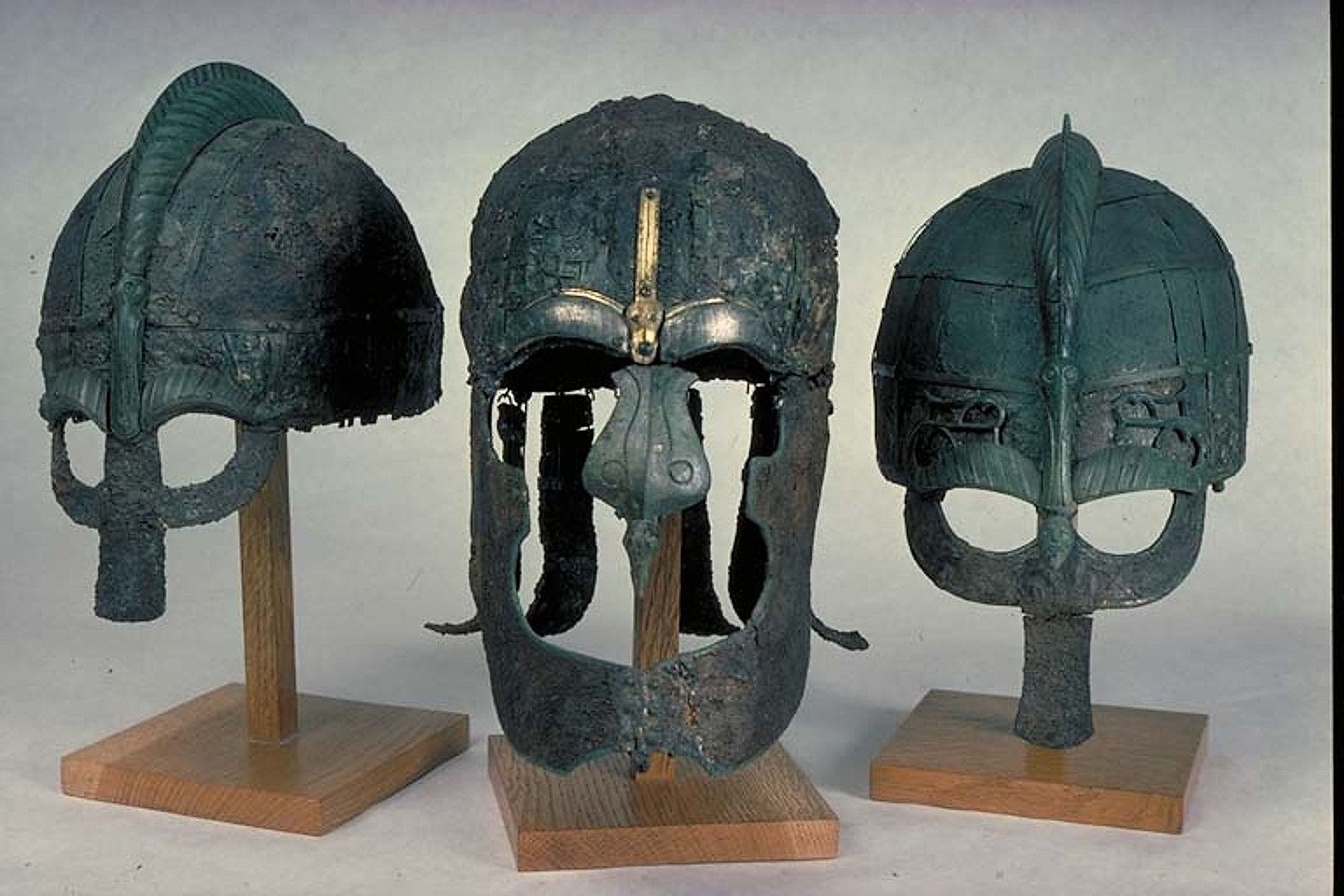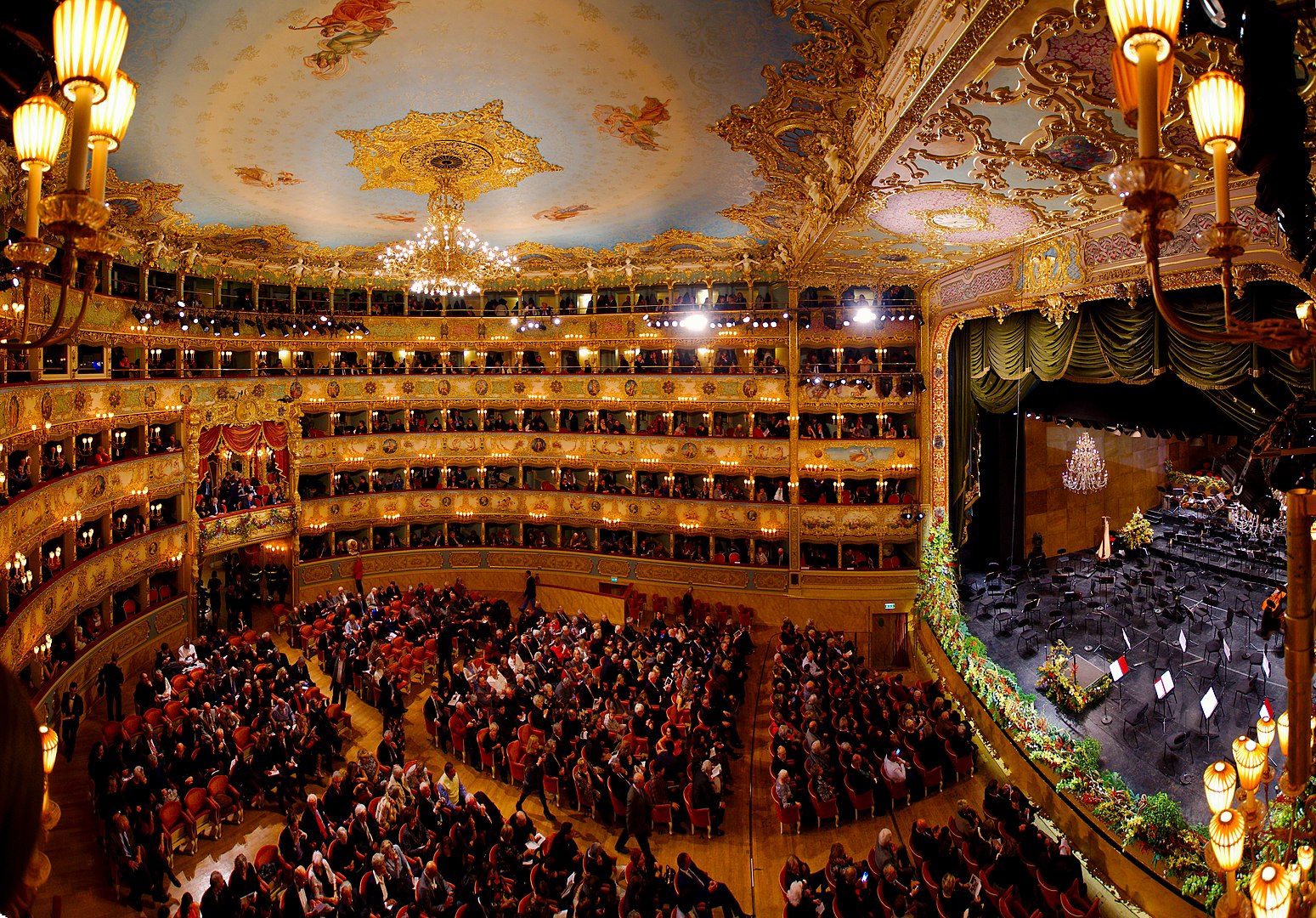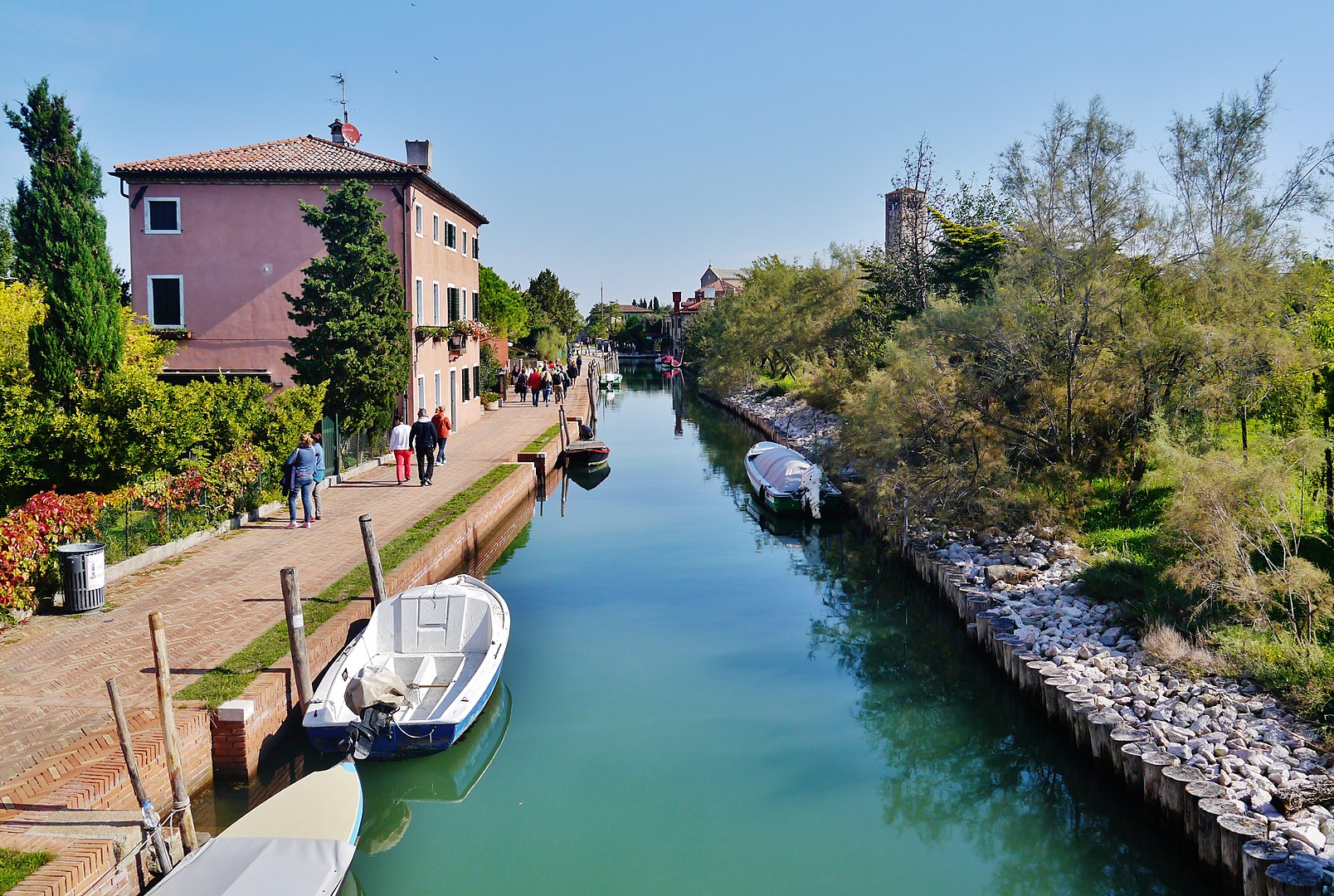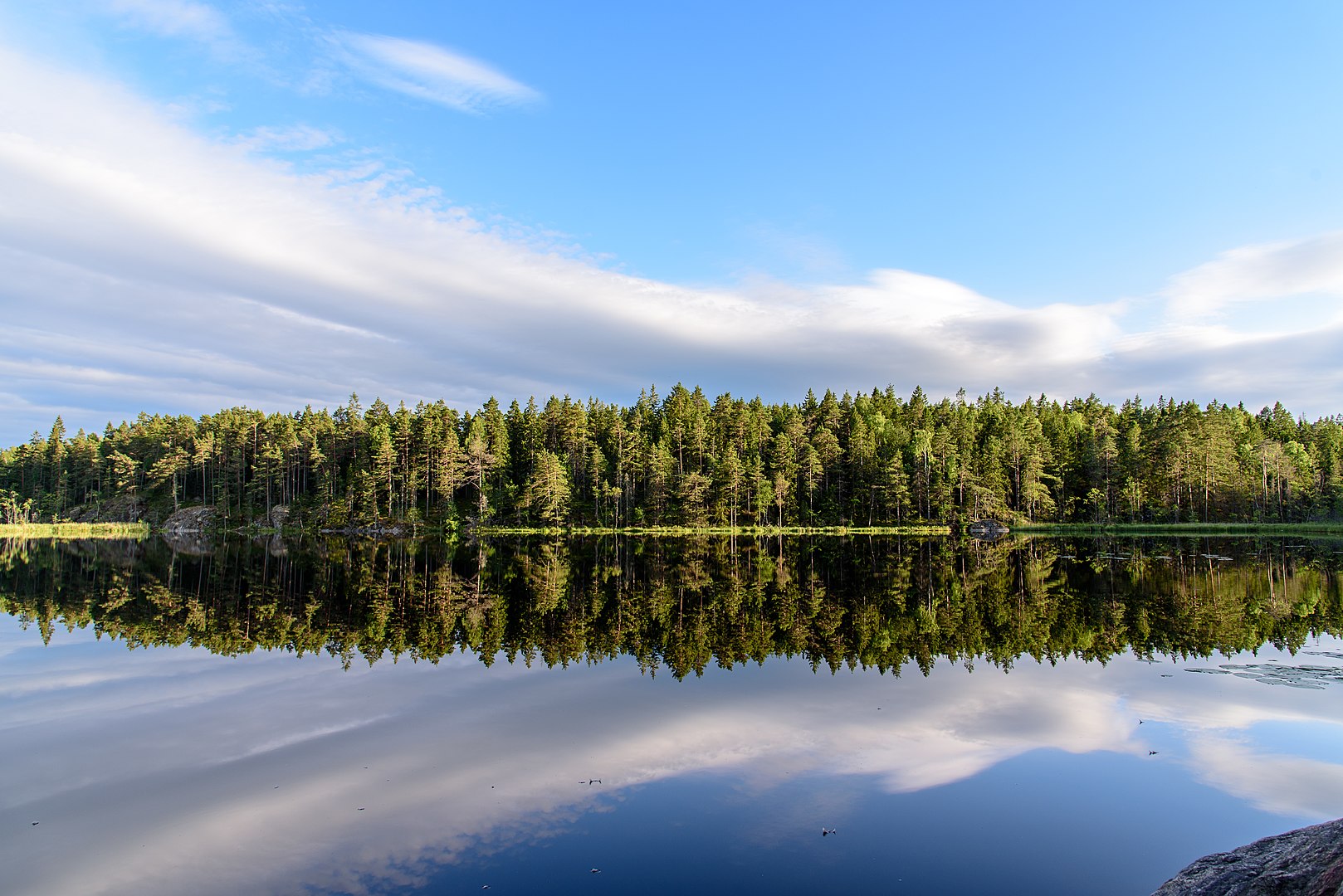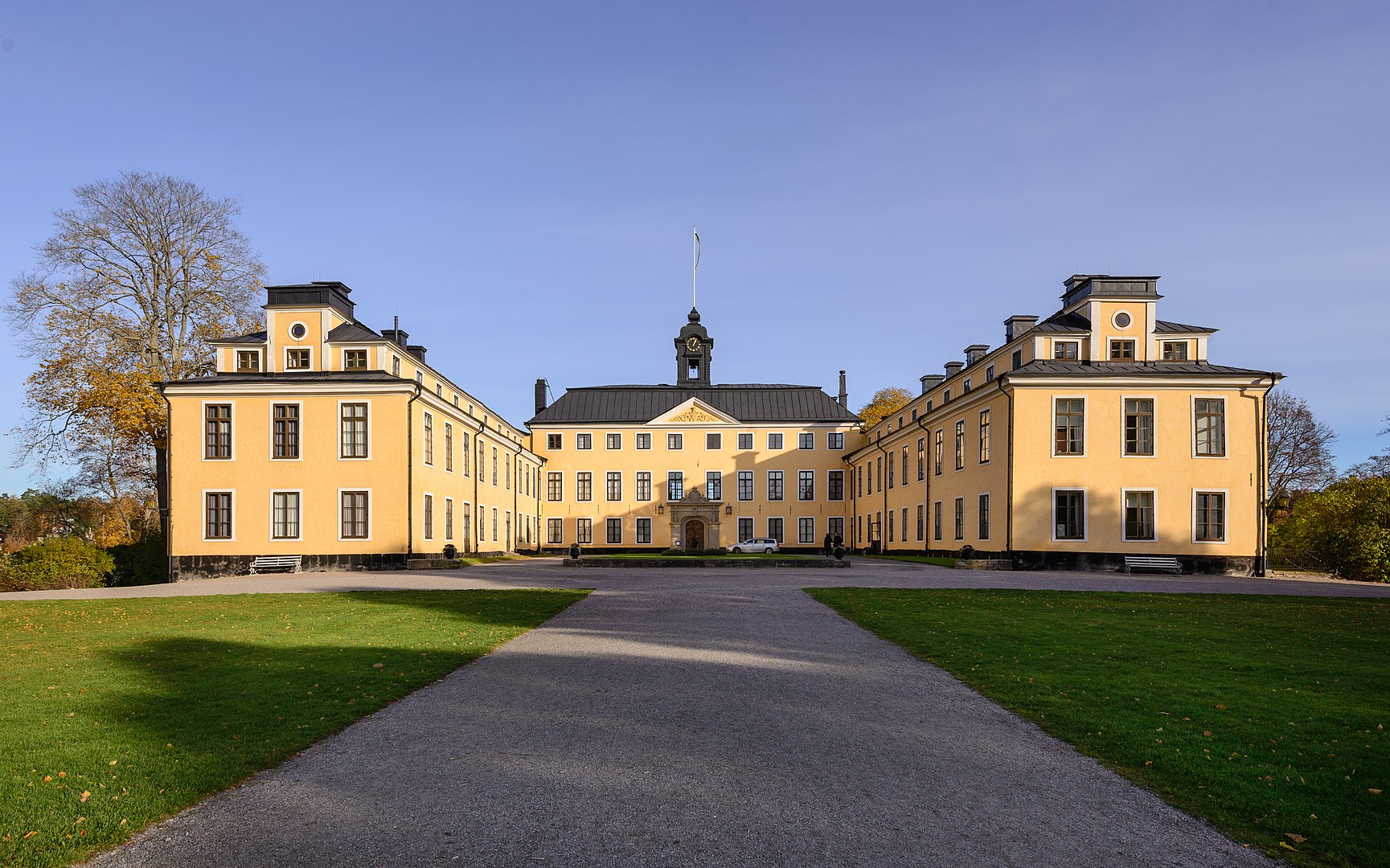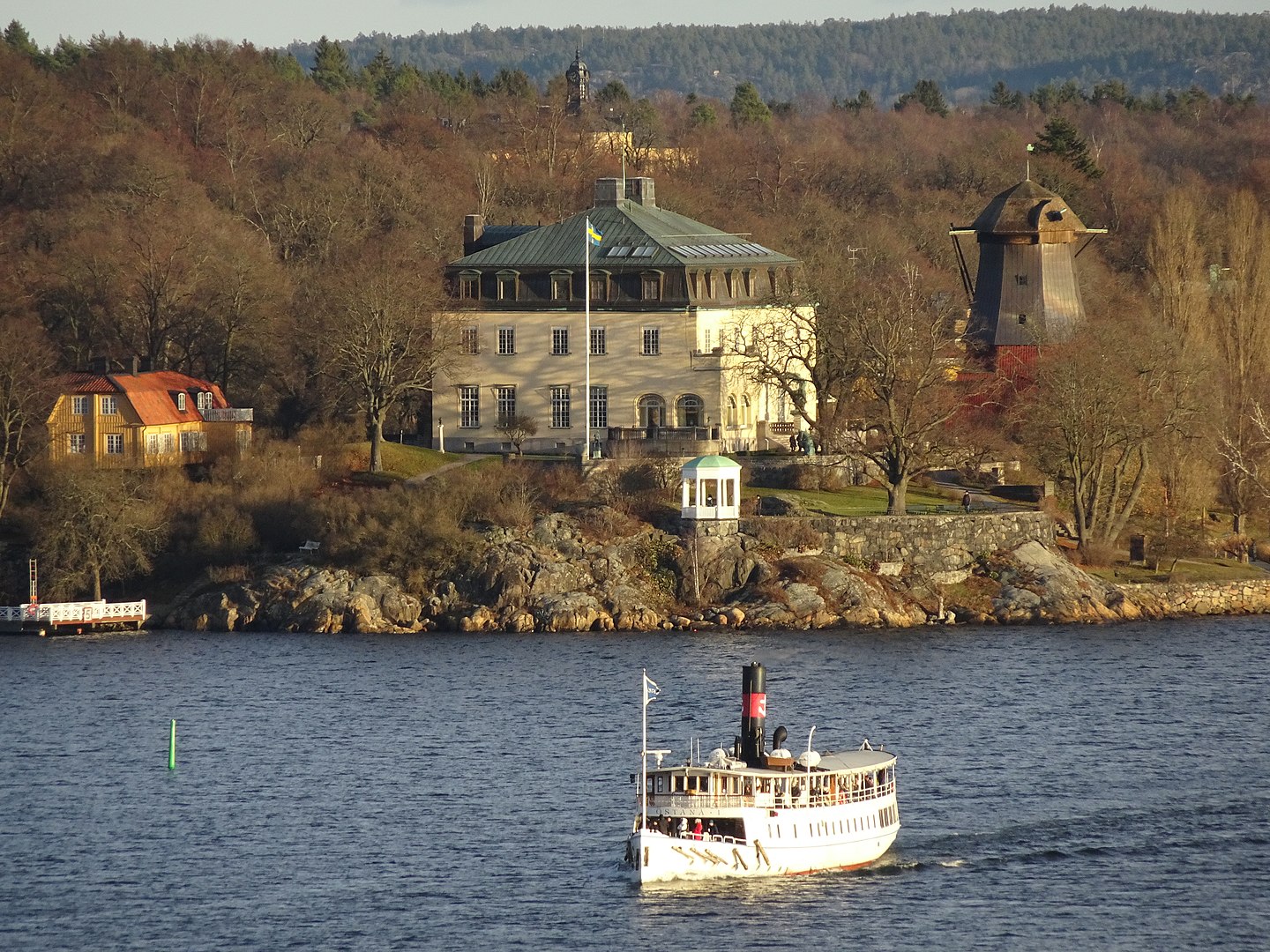VENICE
Why is Venice worth a visit?
Venice is undoubtedly one of those cities that every traveler should have seen once in his/her life. The combination of a wealth of world-famous sights in a city built on timber piles, situated in a lagoon and crisscrossed by a network of canals, is absolutely unique in the world. No wonder that year after year many millions of people come to the lagoon city to take a boat trip on the Grand Canal, walk across Rialto Bridge, visit the Doge’s Palace and St. Mark’s Basilica, enjoy the panorama from St. Mark’s Campanile, feed the pigeons in Piazza San Marco and do many other things that are just unique to Venice.
Here are our top 10 reasons to travel to Venice:
1. Venice is perhaps the most extraordinary city in the world: built on piles in a lagoon, crisscrossed by a network of canals, along the banks of which beautiful historic buildings are lined up, a centuries-old history and a multitude of world-famous sights.
2. Hardly any other city in the world has such a high concentration of world-famous sights as Venice: Piazza San Marco with the Basilica of the same name, its tower and the Doge’s Palace, as well as the Grand Canal with the Rialto Bridge are definitely among the places that every traveler should have seen once in his/her life.
3. Venice is one of the most historical cities in the world – one could almost speak of an open-air historical museum. In every alley, on every bridge and on every canal in the lagoon city one encounters an experience from the past, when Venice was one of the most important centers of power on the Mediterranean for many centuries.
4. Venice’s architecture is absolutely unique. In terms of the number of palaces, churches and other magnificent buildings, no other city in Europe and the world can compete with Venice.
5. Venice is a city of museums. The historical and the art museums of the lagoon city are in possession of some of the greatest art treasures in European history.
6. Venice’s canals are inimitable. With the exception of Amsterdam, there is no other city in the world that is crisscrossed by such a long network of canals, whose banks are lined with historic buildings.
7. Venice is a city of churches. Many of the lagoon city’s places of worship are among the most architecturally and artistically valuable in all of Europe.
8. Venice does not consist of only one city, but is surrounded by many other small islands in the Venetian Lagoon, each with its own character.
9. Venice offers magnificent views. From many church towers and roofs of the city you can enjoy a unique panorama over the magnificent old town and the unique Venetian Lagoon.
10. In Venice you can eat and drink well. Despite mass tourism, the city still has many excellent bars and restaurants, where you can excellently enjoy the fine dishes of the cucina veneziana.
For whom is Venice worth a visit?
Sightseers:
The Grand Canal with the Rialto Bridge, Piazza San Marco with St. Mark’s Basilica and St. Mark’s Campanile, the Doge’s Palace with the Bridge of Sighs, the islands of Burano and Murano – not many cities in the world can boast as many world-famous sights as Venice.
History buffs:
For many centuries Venice was one of the most important centers of power in Europe and the world and dominated large parts of the Mediterranean. No wonder you encounter history everywhere in the lagoon city. Venice is perhaps the largest open-air historical museum in the world.
Museum visitors:
Venice’s museums are among the best and most interesting history and art museums in the world. If you are a fan of ancient art, you should not miss the Accademia, the Scuola Grande di San Rocco and the museums in some of the palaces along the Grand Canal. If, on the other hand, you are rather interested in modern art, you should not miss the Peggy Guggenheim Collection in Venice, as well as the exhibitions in Palazzo Grassi and Punta della Dogana.
Water lovers:
No other city in the world is built as close to (or more precisely on) the water as Venice. The lagoon surrounding the city, with its many small islands, and especially the world-famous network of canals that crisscross the city, is absolutely unique in the world.
Church lovers:
The many churches of Venice are among the most beautiful and interesting in all of Europe. Due to the wealth of the city and its inhabitants, Venice could afford a large number of imposing places of worship with beautiful architecture and an artistically valuable interior. Il Redentore, St. Mark’s Basilica, San Giorgio Maggiore, Santa Maria della Salute, Santa Maria Gloriosa dei Frari, Santi Giovanni e Paolo – the list of impressive churches of Venice is long.
Fans of views:
Amateur photographers and fans of great views get their money’s worth in several places in Venice, first and foremost on St. Mark’s Campanile and the church tower of San Giorgio Maggiore. From their tops you can enjoy one of the most breathtaking and unique panoramas in the world.
Best time to travel
Venice is one of those destinations that you can visit all year round. However, anyone planning a trip to the lagoon city should know that Venice is overrun by millions of tourists from all over the world, especially in the summer months. Those who prefer to see the alleys, bridges and canals of Venice in peace and quiet should therefore refrain from a trip in June, July or August and rather visit the city in spring or fall. Clearly more recommendable travel months are therefore April and May, as well as September and October. In this period Venice is no longer completely in the grip of mass tourism and also the weather is usually very pleasant. On many days in spring and fall the thermometer rises above 20 degrees and the sun usually shines for more than five hours. Those who do not care so much about the weather can also visit Venice in winter, when it is quietest in the lagoon city. Due to the temperate Mediterranean climate, temperatures rarely fall below the zero degree mark even in winter.
Getting there
By car:
In Venice itself you can not drive a car. But if you want, you can still arrive with your own vehicle and park it in one of the parking garages at Piazzale Roma (reservation recommended). From southern Germany and Switzerland, one must reckon with about five to seven hours driving time to Venice. From most of the federal states of Austria, you can get there a little faster.
By train:
Venice is well connected to the Italian railroad network. The main train station Venezia Santa Lucia is located directly in the north of the old town.
By plane:
Venice has two airports. The main airport, Aeroporte Marco Polo di Venezia, is located about 13 kilometers outside the city. From here, flights are available to Berlin, Düsseldorf, Frankfurt/Main, Hamburg, Cologne/Bonn, Munich and Stuttgart in Germany, Basel, Geneva and Zurich in Switzerland, and Vienna in Austria. The second airport, Venice-Treviso, is located about 40 kilometers from Venice and is mainly served by low-cost airlines. There are connections to Berlin, Frankfurt/Main, Hamburg, Cologne/Bonn and Stuttgart.
Shopping
Venice is not a shopping city in the classic sense. Due to the now quite small population of the lagoon city and the millions and millions of people who visit every year, Venice’s shopping scene is very much geared towards mass tourism. The stores range from luxury boutiques for well-heeled tourists to souvenir stores that hawk typical Venetian souvenirs to visitors at more or less inflated prices.
Venice is generally a relatively expensive shopping destination. If you are looking for better prices, it is best to move away from the main sights such as Piazza San Marco and Rialto Bridge. In the many small alleys of Venice, there are just as many interesting stores to discover, where you can also still store at acceptable prices.
Venice is world famous for three products: glass, lace and carnival masks. The latter can be found everywhere in the city. As with other products, the price and quality range of masks is very high. If you want to take home a beautiful, handmade carnival mask, you should budget for it accordingly.
Glassware of all kinds is also sold in countless stores in the old town of Venice. However, if you want to shop for the original Venetian glass at its source, you should make your way to the glassblowing island of Murano. Here, many glassblowing workshops still produce vases, glasses, jewelry and glass objects of all kinds. In most of Murano’s glassblowing shops, you can even watch them being made.
And those who are enthusiastic about lace should pay a visit to the neighboring island of Burano. Burano was the center of European lace making for many centuries. Here, lace embroideries, such as clothing, tablecloths and cloths were produced in a very elaborate technique. Because of the elaborate handwork, traditional lace making in Burano is almost extinct today and prices for genuine Venetian lace from the island are correspondingly high. If you don’t have the spare change, you can buy cheaper lace, but most of it is machine-made in Asia.
Other products that are good to buy in Venice are antiques, leather goods and food. The alleyways of the city hide many small antique shops where collectors can make interesting discoveries. Leather goods are also cheaper to buy in many Venice stores than in Germany. And last but not least, Venice is known for its culinary treasures. Cheese and ham, vinegars and oils, and traditional baked goods and pasta are also great souvenirs.

Food and drink
Opinions are divided on the question of whether it is possible to eat well in Venice. While some connoisseurs of the Venetian gastronomic scene are now of the opinion that mass tourism has largely displaced and destroyed the traditional and good Venetian cuisine, others counter that you can still dine excellently in many places in Venice.
As is so often the case, both sides are probably right in their own way. Especially around the main sights of the city, due to the high rents, restaurants have settled that quickly (and often expensively) dispatch their guests with rather tasteless menù turisticos. If you don’t want to fall into a gastronomic tourist trap, it’s better to inform yourself in advance or follow the general rule that the quality of cuisine increases with distance from Piazza San Marco.
Venetian cuisine is known above all for its countless pasta specialties, fresh fish and delicious seafood, as well as the sinfully sweet products of its pastry chefs. The best way to get to know the gastronomic landscape of Venice is in a bacari. What the Viennese love about their Beisln and the Parisians about their bistros, the Venetians love about their typical simple stand-up bars, where the locals meet for a glass of wine (a so-called “ombra“) and a few nibbles (cicheti) for a chat.
If you want something more substantial to eat, it’s best to settle into a typical osteria (a simpler inn), trattoria or ristorante. As elsewhere in Italy, the meal order (especially of a dinner) in Venice looks like this: It begins with an appetizer (antipasto), followed by a primo piatto (first course), which often consists of a soup, risotto or smaller pasta dish. The main course (secondo piatto) is almost always a meat or fish dish with a side vegetable or salad (contorno), which you often have to order separately. Finally, there is a dessert (dolce) or even a fruit or cheese platter. If you are not too hungry, you can skip the appetizer or the first course. What was once only reluctantly acknowledged by the waitress, is now accepted in all restaurants without complaint.
Nightlife and entertainment
Venice is not necessarily known as a party metropolis. The nightlife of the lagoon city can in no way compete with the pulsating nightlife of Milan or even Rome. Venice is rather known for its unique evening and night atmosphere. When the sun sets and night descends over the city’s canals, Venice takes on a very special flair.
The best way to start the evening is with an aperitif. In the early evening, the city’s bars and taverns fill up with both locals and tourists to enjoy an Aperol Spritz, a Campari Orange or a glass of wine. After dinner, you can continue the evening in hundreds of bars in the center of Venice, but they usually close their doors around midnight. The longest open are the bars in Piazza San Marco. Here you can have a drink until midnight, sometimes even until one o’clock in the morning. The pubs are of course very much geared towards tourists and accordingly the drinks and snacks on offer cannot exactly be described as inexpensive.
On the other hand, those who prefer to spend their evening among young people should head to Campo Santa Margherita. Thanks to its location near Ca’ Foscari University and its high concentration of good bars and wine bars, it is mostly students who spend their evenings here.
And those who actually want to turn night into day in a club will hardly find the opportunity to do so in the historic center of Venice. Due to the city’s narrow development and the resulting noise pollution, there are no real discotheques in Venice’s old town, but only a few disco bars or pubs where live music is played occasionally. To party, you have to go to the nearby town of Mestre on the mainland or to the neighboring island of Lido di Venezia in the summer.
Sights
- All in Venice
- Alle in Stockholm
- Beaches
- Bridges
- Castles & Palaces
- Churches & Monasteries
- Districts
- Gardens & Parks
- Highlights
- Historical buildings
- Museums & Galleries
- Natural landscapes & National parks
- Other sights
- Shopping
- Streets & Squares
- Theater & Opera houses
- Theme & Amusement parks
- Viewpoints
- World Heritage Sites
- Zoos & Aquariums

Photos: Saffron Blaze, Rialto Gondoliers, CC BY-SA 3.0 / Schölla Schwarz, Un altro San Marco – panoramio, CC BY 3.0 / Nino Barbieri, Venice – St. Marc’s Basilica 01, CC BY-SA 2.5 / Triplec85, 2018-09-25 Venedig – Markusturm 04, CC BY-SA 4.0 / Tony Hisgett from Birmingham, UK, Doges Palace 2 (7237237944), CC BY 2.0 / Didier Descouens, Antonio Contin – Ponte dei sospiri (Venice), CC BY-SA 4.0 / Miomir Magdevski, Венеција у објективу kамере 29, CC BY-SA 4.0 / This Photo was taken by Wolfgang Moroder, Basilica Santa Maria della Salute Canal Grande Dorsoduro Venezia, CC BY 3.0 / Didier Descouens, Campo de l’Arsenal, CC BY-SA 4.0 / This Photo was taken by Wolfgang Moroder, Libreria Marciana Venezia sera, CC BY-SA 3.0 / Didier Descouens, Scuola Grande di San Rocco (Venice) – Il Salone Maggiore, CC BY-SA 4.0 / Jakub Hałun, 20110722 Venice San Giorgio Maggiore 4136, CC BY-SA 4.0 / Zairon, Venezia Rio San Mauro 16, CC BY-SA 4.0 / Yesuitus2001 November 2011 (CET), Lido-Malamocco, CC BY-SA 2.5 / Didier Descouens, Sant’Erasmo (island) South end of the island, CC BY-SA 4.0 / Youflavio, Teatro La Fenice, Venice, CC BY-SA 4.0 / This Photo was taken by Wolfgang Moroder, Arsenale ingresso Venezia notte, CC BY-SA 3.0 / A L E S S I O, Venice Untitled (262712813), CC BY 3.0
English version: Machine translation by DeepL





